This product was selected for our Editors’ Choice Awards 2022, as published in Singletrack Magazine Issue 146
In the Editors’ Choice Awards we highlight our standout bikes and products from the past year. These are the bikes that we’d like to have in our sheds. These are the components and clothing that we still use long after the nominal test period has expired. Only 15 products and six bikes made the grade this year. This is the good stuff.
To make the cut, each thing must have proven itself out on the trails. They’ve got to have been reliable and ride-enhancing. We don’t do technology for technology’s sake. Nor are we overly swayed by showy, high price tags and bling materials. That said, we don’t prioritise anything solely because it’s cheaper than its rivals. Nor do we penalise a genuinely great product if it is conspicuously expensive. Performance is what matters in Editor’s Choice.
These are the 20 star performers of The Class of 2022.

Benno Boost E CX Cargo Bike
- Price: £4,799.00
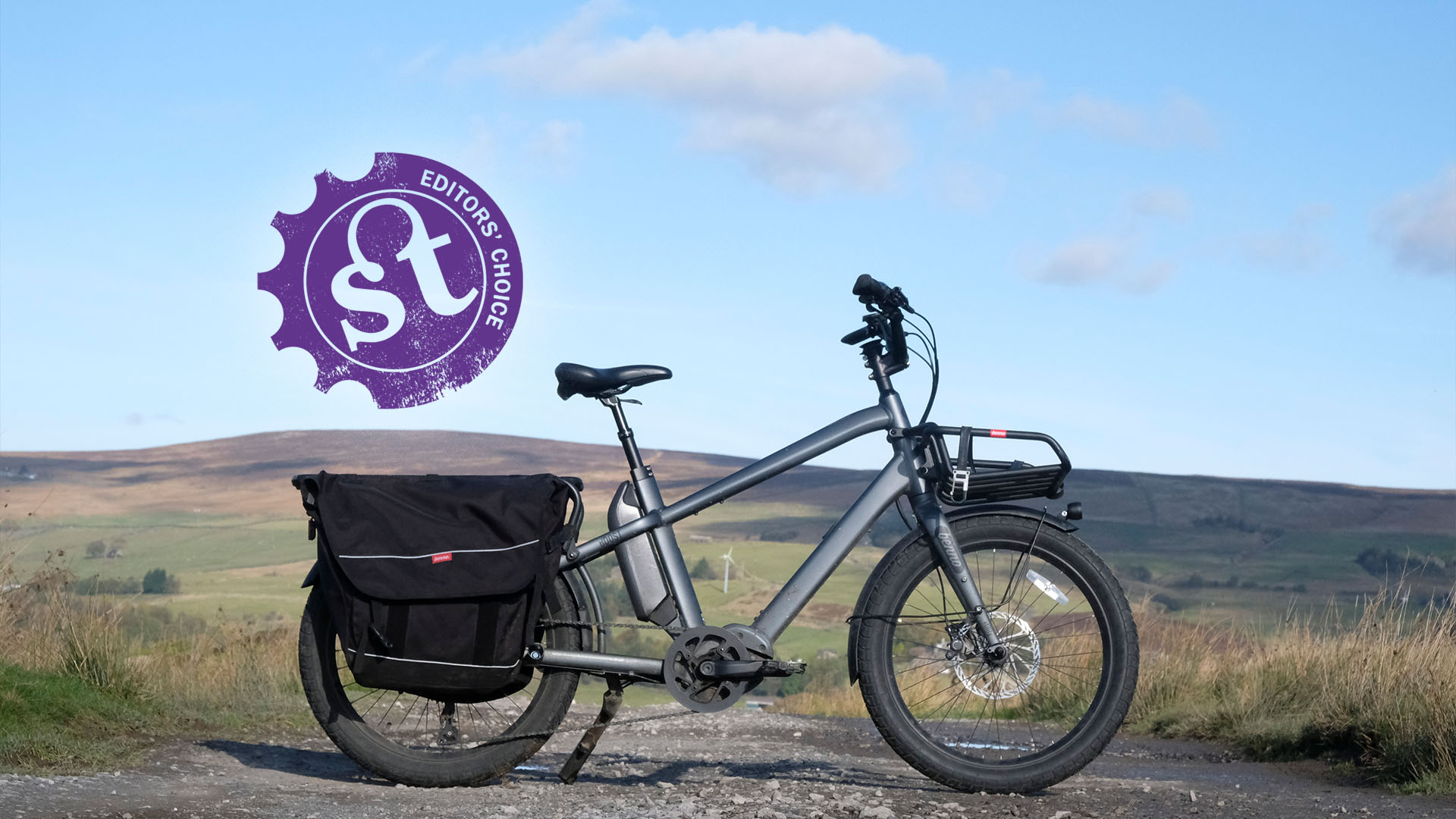
This is probably the best thing I have ever bought. The wide 24 inch tyres give me decent handling on my rather rough local roads and bike paths while keeping the overall length down, and the Bosch CX motor gets me up all the hills, even when fully loaded. Being a compact long tail – rather than a full length one, or a bucket style cargo bike – means I can store and park it in most of the normal places that you’d get a large modern mountain bike. With the Benno in my life, I use my car as little as once or twice a fortnight. Even if it’s done while wrapped up in waterproofs with a weekly shop stacked on the back, pedalling is always a good thing. If you can fit a cargo bike into your life, do it.

Original Review:
Hannah (and her visiting American partner, Kevin ) have been testing out the Benno Boost E CX Cargo Bike. Here’s their dual input review of a summer spent hauling around the Calder Valley.
Hannah: I’ve had a hankering to try out a cargo bike for a while – I hate driving, and I like riding bikes, so why wouldn’t I want a cargo bike? Well, I live somewhere with a lot of steep hills, and a lot of rain, and I have two kids that need ferrying around the semi-rural area where I live. My journeys tend to be either 3km, or 10km, or over 50km – the gaps between towns, villages, friends and relatives means there aren’t really any trips between those figures. Would a cargo bike really get used that often, or would it be a sizeable object taking up a bunch of room in the garage but serving little purpose beyond virtue signalling?
Kevin: (In actuality, Hannah knew that I would be coming for the summer and the notion of me driving a car like I ride my bike and in the narrow and windy confines of the walled roads of Calderfornia completely activates her anticipatory angst. A heavy slow version of a vehicle which I am used to navigating better than my own body while walking would, perhaps, provide a suitable level of independence and constraint, ‘cause no one needs an international incident during a pandemic!)
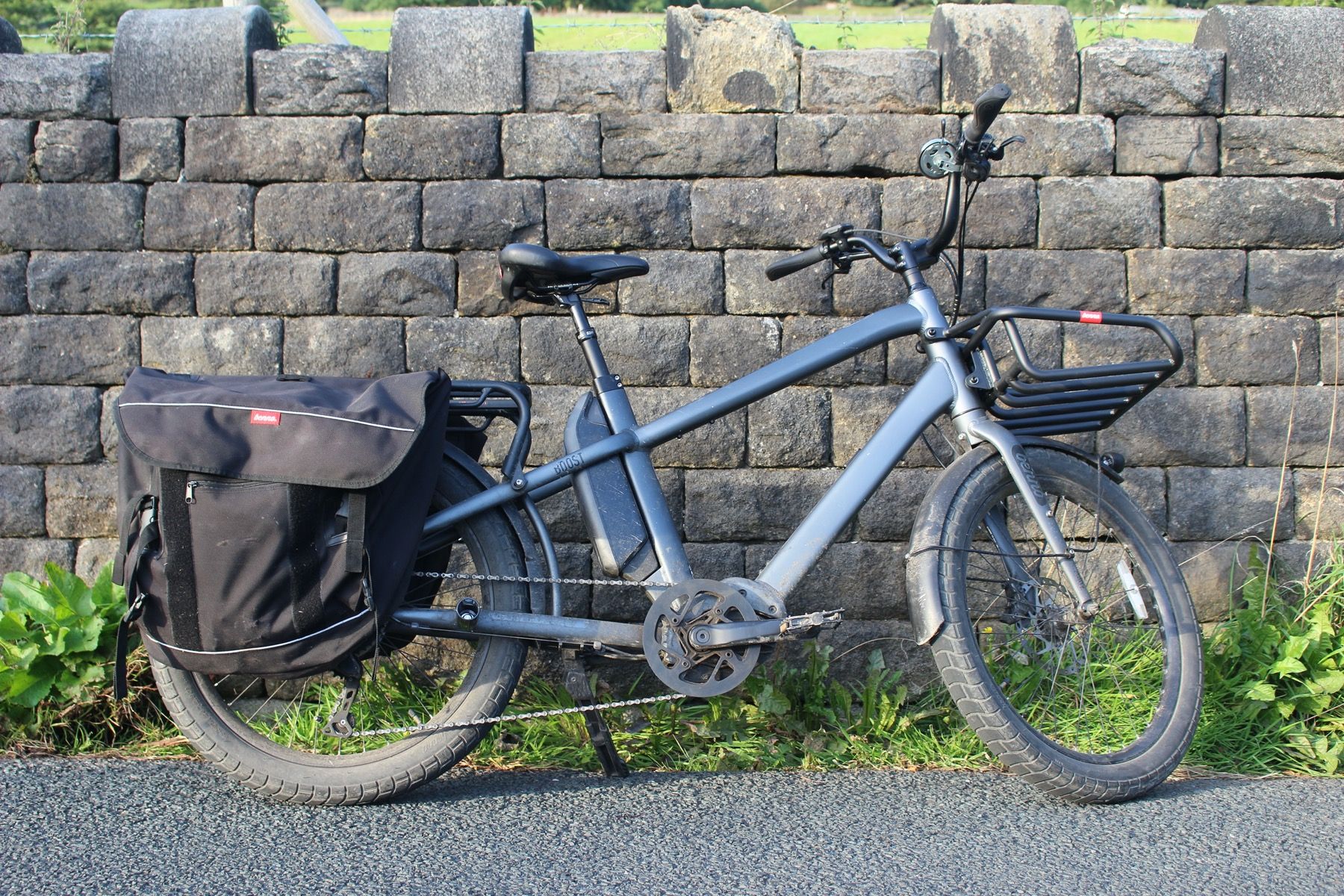
That said, when my children were a lot smaller, and lighter, and I wasn’t working and had a lot more time on my hands, I did have a hybrid and trailer as my main form of transport. We went all over the place, despite the lack of e-assist, and carried some pretty unlikely loads up some pretty formidable hills. I was however nearly ten years younger, and admittedly slimmer than I am now.
(She’s still slim and somehow finds crushing power in toothpick legs and arse that vanishes when she hides behind a light pole. The kids, however, have doubled in size and a grocery shop is likely to set her back 100 quid. And, I like to drink beer, often of the sport variety (we prefer Amstel), which is heavy and voluminous when buying the 3 for 21 quid at ASDA. Modern problems need modern solutions.)
Fortuitously, the Benno landed with me for testing just as my car self-destructed, and just as my bike nerd partner landed from the USA. Plenty of opportunity then for being used in different ways – some of them perhaps a little extreme, as you’ll soon see.
The Bike
The Benno is at heart a long-tail style e-cargo bike with Bosch CX motor and a variety of attachments available according to your specific carrying needs. The rear zone has a carrying capacity of 60kg, the front can take 20kg, and whatever you carry on either end, plus you the (max 120kg) rider and 30kg bike, can add up to a maximum total of 200kg. So, if you weigh 120kg, you’ve got 50kg of overall carrying capacity left. If you weigh 90kg, you’ve got 80kg of overall carrying capacity left.
(That’s a lot of kgs, probably more than you’ll need and likely under-rated. Can it carry an average 12 year old as cargo? Yes. Can it carry an average 24 year old as cargo? No.)
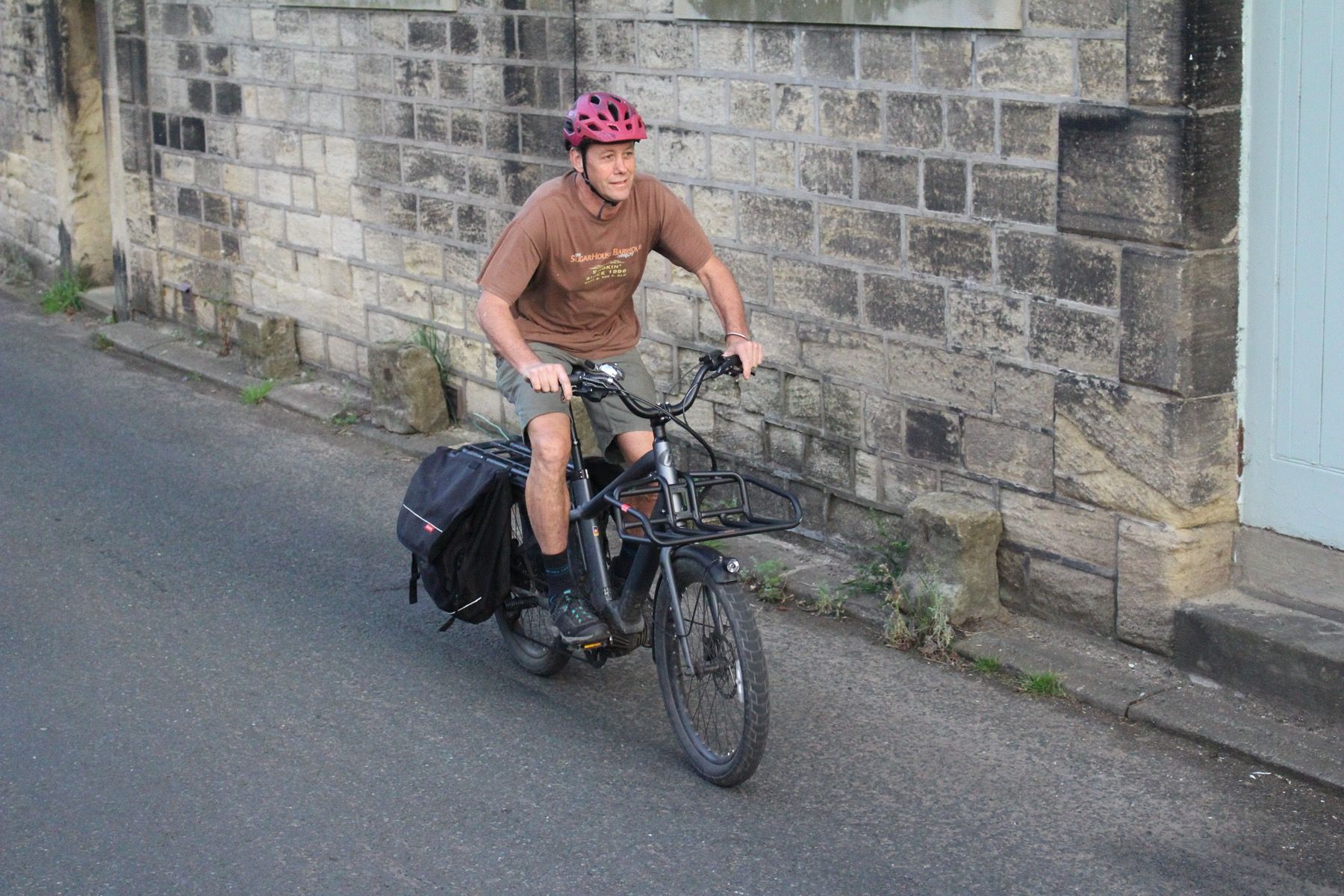
My test bike arrived with a ‘Utility Rear Rack #1 Plus’ rear rack (£179.99) and large ‘Utility Pannier Bag’ panniers. Shipping delays and demand meant that the planned ‘Rack Pad’ rear cushion (£39.99) and ‘Mini Side Loader’ foot rests (£149.99) never materialised for the test, although we did manage to get a front ‘Utility Front Tray’ rack.
(It’s hard to see the rack and panniers as accessories as it would be a cargo bike with no capacity, so plan on springing for those. The rack seat and pegs can be improvised if needed and the front rack is probably only necessary if the bike is a dedicated hauler for work or a family without a car. The racks are lightweight but burly welded aluminum jobbies with a durable black finish. Fenders, a single kickstand and front and rear lights are also stock.)
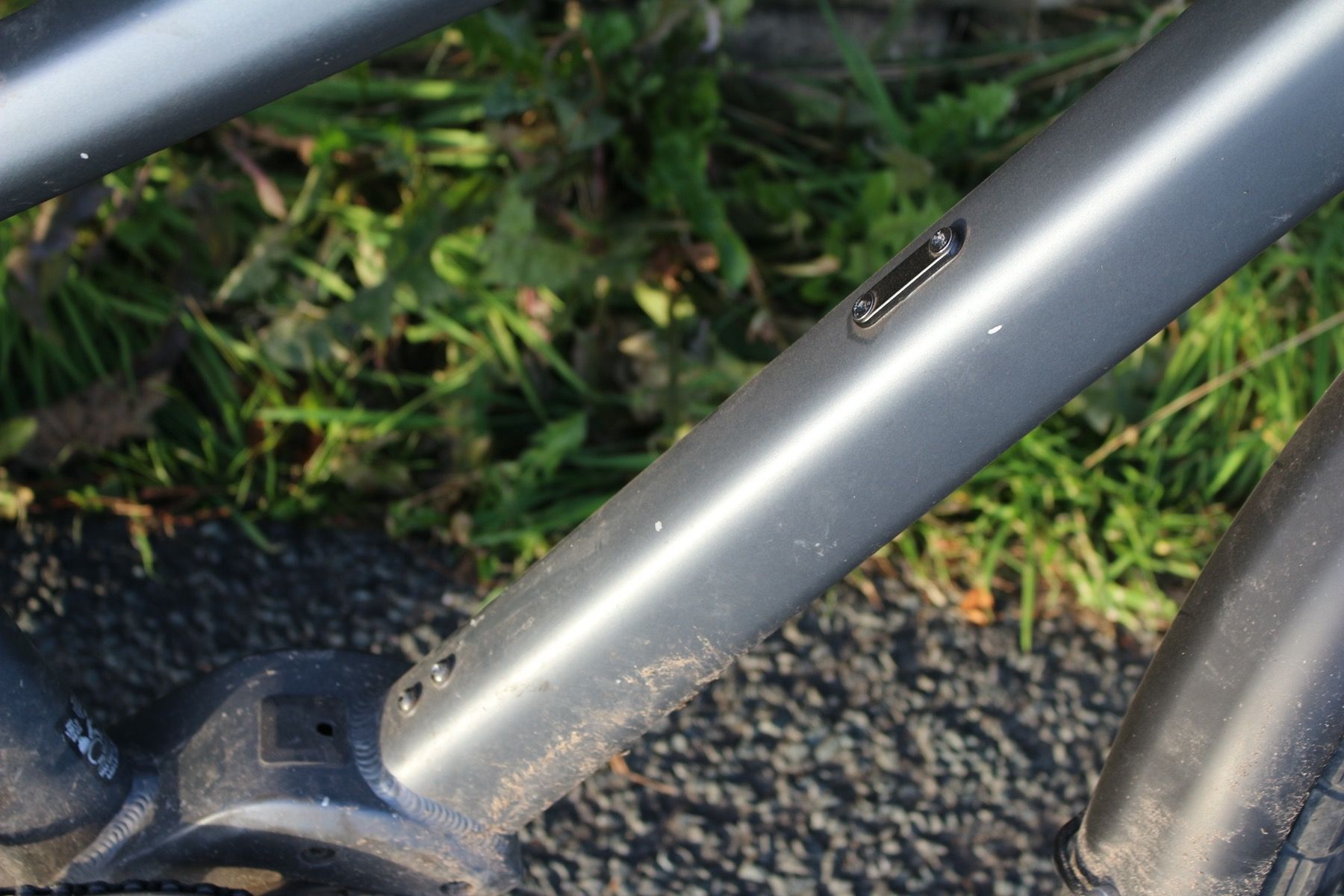
The Bosch Performance CX motor will be familiar to many mountain bikers, as it’s designed as a mountain bike motor, with 85Nm torque to get you up the steepest of mountains – or local minor roads in the case of the Benno here. You get eco/tour/sport/boost and walk modes, and the controls also operate the integrated front and rear light on the bike. If you want to add a second battery pack, there’s space in the downtube to fit one and extend your range.
(The aluminium fork and frame use oversize tubes, large scaled welds and feature lots of “zits” for mounting all manner of accessories. The tubes have an angular aesthetic and, but for the humpback top tube, flow in purposeful and elegant lines with ample standover.)
The saddle is a broad and comfortable utility bike saddle suited to an upright ride position, and has an integral handle under it to aid with lifting or manoeuvring the bike, or for a passenger to hold on to. The seat post is held in place by two bolts, for which you’ll need an Allen key. Grips are ergonomic utility jobbies, with broad splayed shapes designed for comfort. There’s a certain amount of adjustment available in the reach if you tilt the bars forwards or backwards. Brakes are Shimano Deore hydraulic disc brakes with 160/180 rotors. The drivetrain is a simple 1x set up, with a 11-42T cassette at the rear. There are mudguards front and rear, and a bash style chain protector to the 48T chainring. Wheels are double walled rims with 36 spokes, fitted with broad 24×2.6in Benno Dual Sport tyres reminiscent of Maxxis Hookworms. Our bike came with a substantial single-arm kickstand to support the bike without need for a handy nearby wall – though there’s a double kickstand option available.
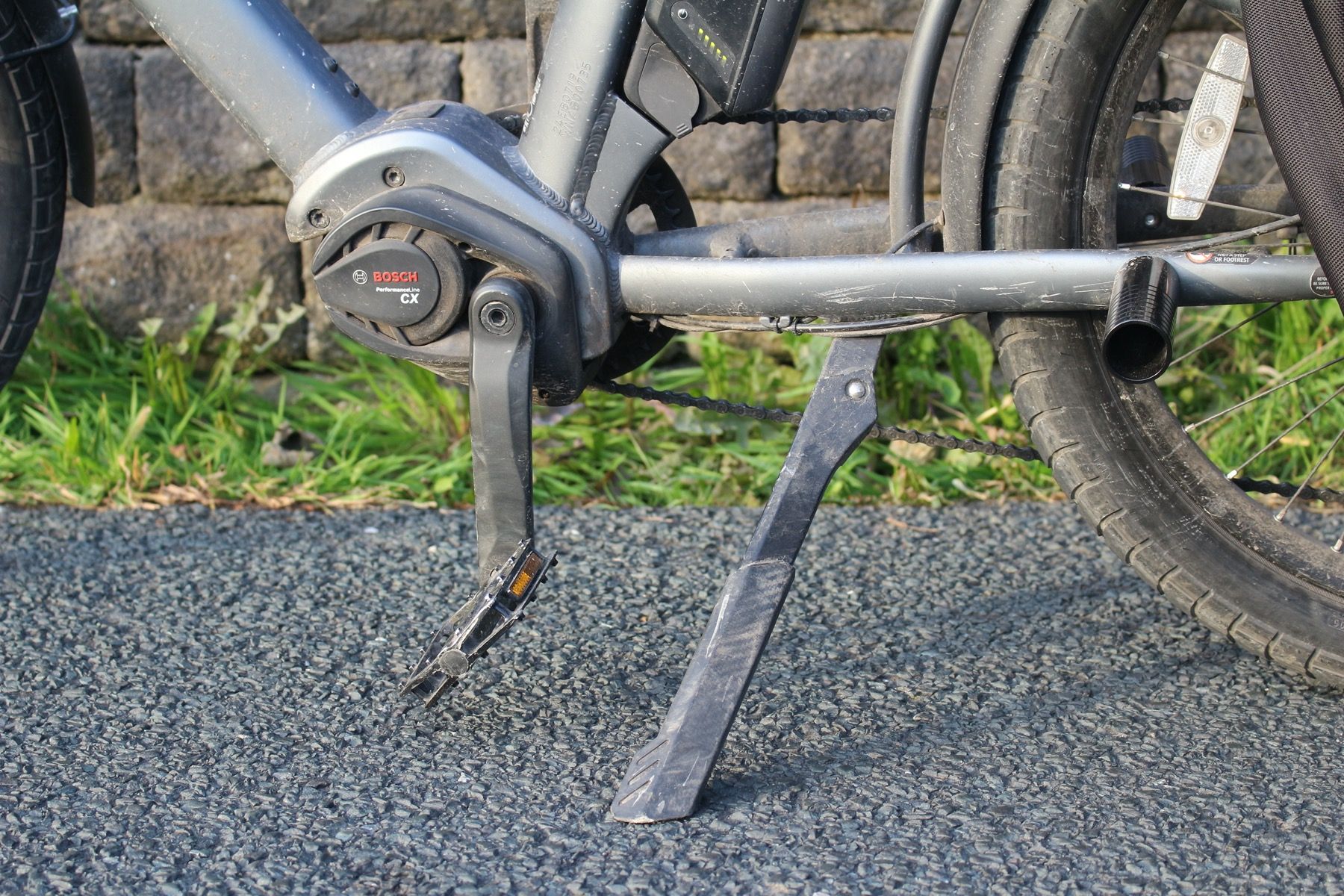
(The bike features a bunch of house-brand, rebrand and name brand components all lower end price points, but durable and well chosen for the particular purpose. The grips, brakes, pedals and tires were all above-category performers. Because added weight is not really an issue on an eBike, I would definitely consider the dual kickstand as it makes it much easier to load and work on the bike, for instance adjusting the derailleur or rear brake, tire or tube because getting a 65lb bike in a workstand is no easy task. Alternatively, you can find a strong horizontal bar about 4 feet off the ground and hang it by the saddle nose.)
The Ride
If you’ve been riding a 29er mountain bike with wide bars, rather than an upright bike with small wheels, the first ride feels a little twitchy. The sense that you’re not quite in control of steering and that corners are a little exciting lasts all of about five minutes – after that it’s easy to get on with. All you need to do is remember that loaded panniers – or passengers’ legs – may stick out a little wider than you’re used to. Beware close passing bollards or trailside nettles.
(The 24×2.6 inch fat tires are a real bruiser of a choice and when combined with the wide rims, long wheelbase and frame flex have the ability to mute kerbs, cobble and, even, stairs. The weight, acute turning limitations and the difficulty of lifting the front wheel mean that the bike is not going to rip singletrack, but unless you are rolling though train stations this bike can conquer just about any urban environment.)
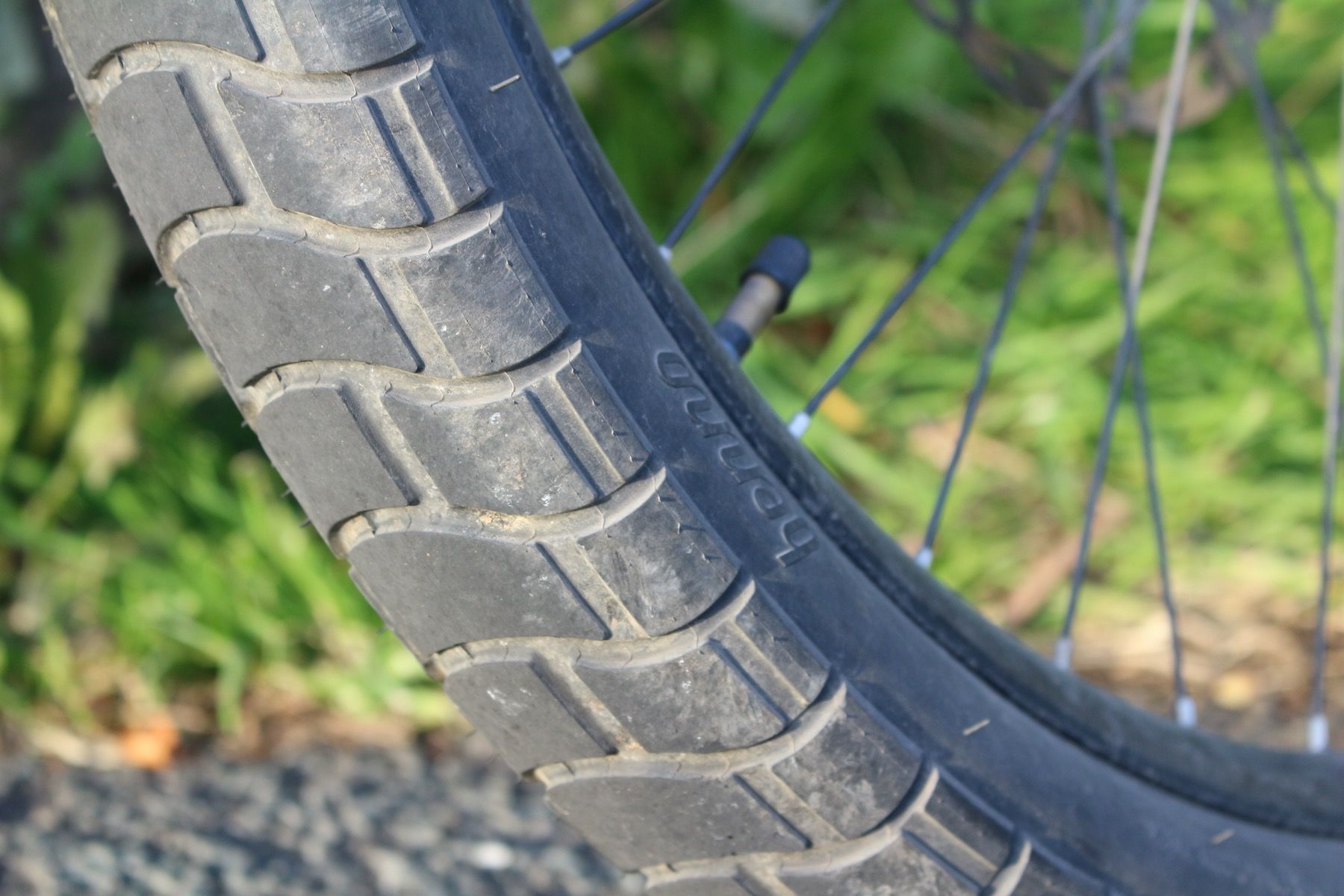
On the flat, without a load it’s possible to pedal along with the battery off. Add a load and you could put some leg power in and you’ll still keep rolling along – there’s very little resistance, if any, in the motor. Entirely more fun – and easier – however, is to use the battery and make the most of the e-assist. Eco mode will see you most of where you need to go, but cycle up through the modes to boost and even with a supermarket shop and a sizeable child on the back you can still get up the steepest of hills and barely break sweat. I live half-way up a hill with an average gradient well into the teens, and sections around 20-25%. If you try and tell me you live somewhere too hilly for an e-cargo bike, I won’t believe you.
(I could maintain a no-cargo, no-wind, flat terrain, gravel surface speed of about 13mph without the motor. In Turbo mode, that speed increased to above the motor limiter/cut-out speed of 16.6mph to about 17.5mph for long stretches, with small breaks to deal with traffic and pinch points. Reduce those speeds by about 1mph for each step down in assist mode. On up hills, my speed dropped to below 10mph at about a 15% grade, but kept me going without significant effort on stretches of 25% or greater. When in turbo and loaded with 100lbs or so, I could only manage a little over the cut-out speed on level ground, but hills are different matter, with a 15% grade knocking down to about 6mph and a 25% grade only just manageable with an out-of-the-saddle effort, thus not really possible to maintain a pace in eco mode fully loaded.)
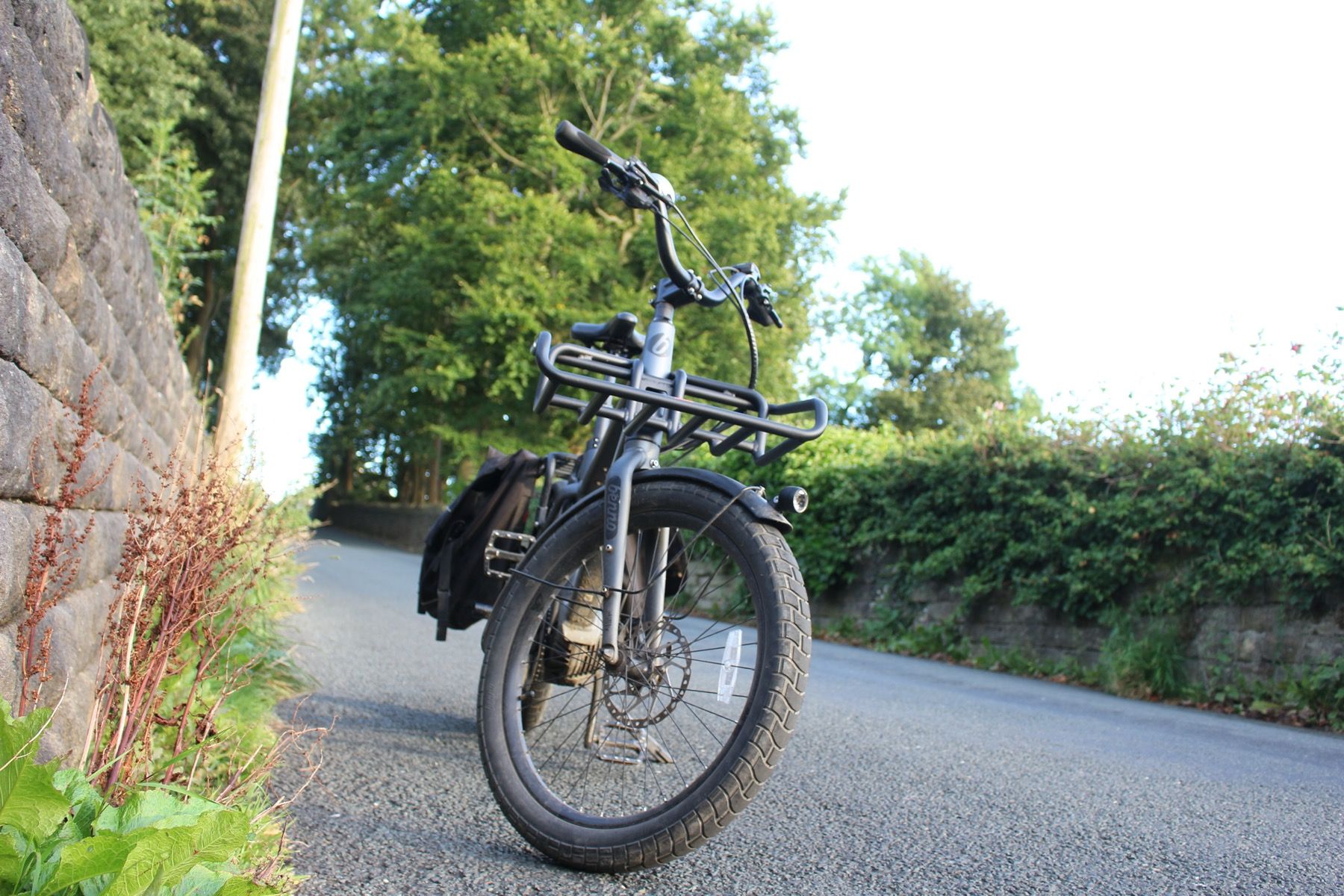
Range is excellent, and short of living up the top of an Alp or going touring through the Pyrenees, I find it hard to imagine ever needing the second battery range extension option. The battery only really starts to drain when you’re in turbo, and that’s only necessary for the most extreme combinations of hill and load. For more standard eco and sport level rides, a range of over 40 miles is achievable. The display can be used to show how many miles you’ve got left too, and seems pretty accurate, so there’s no need to get anxious while out and about.
(I regularly rode more than 20 miles, mostly or exclusively in turbo and had power to spare. However there does seem to be a sudden decline from 3 bars down. I experienced this quick decline on a partially loaded 53 mile day trip to Leeds, where the battery, 4 bars at mile 26, gave out at mile 44 as I used it in a range of modes and milked it in “off” on downhills. Notably, the display and light continued to function after the motor quit and even though it was slightly uphill, I was able to maintain a 10mph pace at the end of a long ride. So, though you may get a work out and putt along at BMX speeds, you’ll never really be stranded and range anxiety should not be an issue unless you use this bike as a delivery vehicle or live at the top of a big hill and have an hour+ long each-way commute with cargo.)
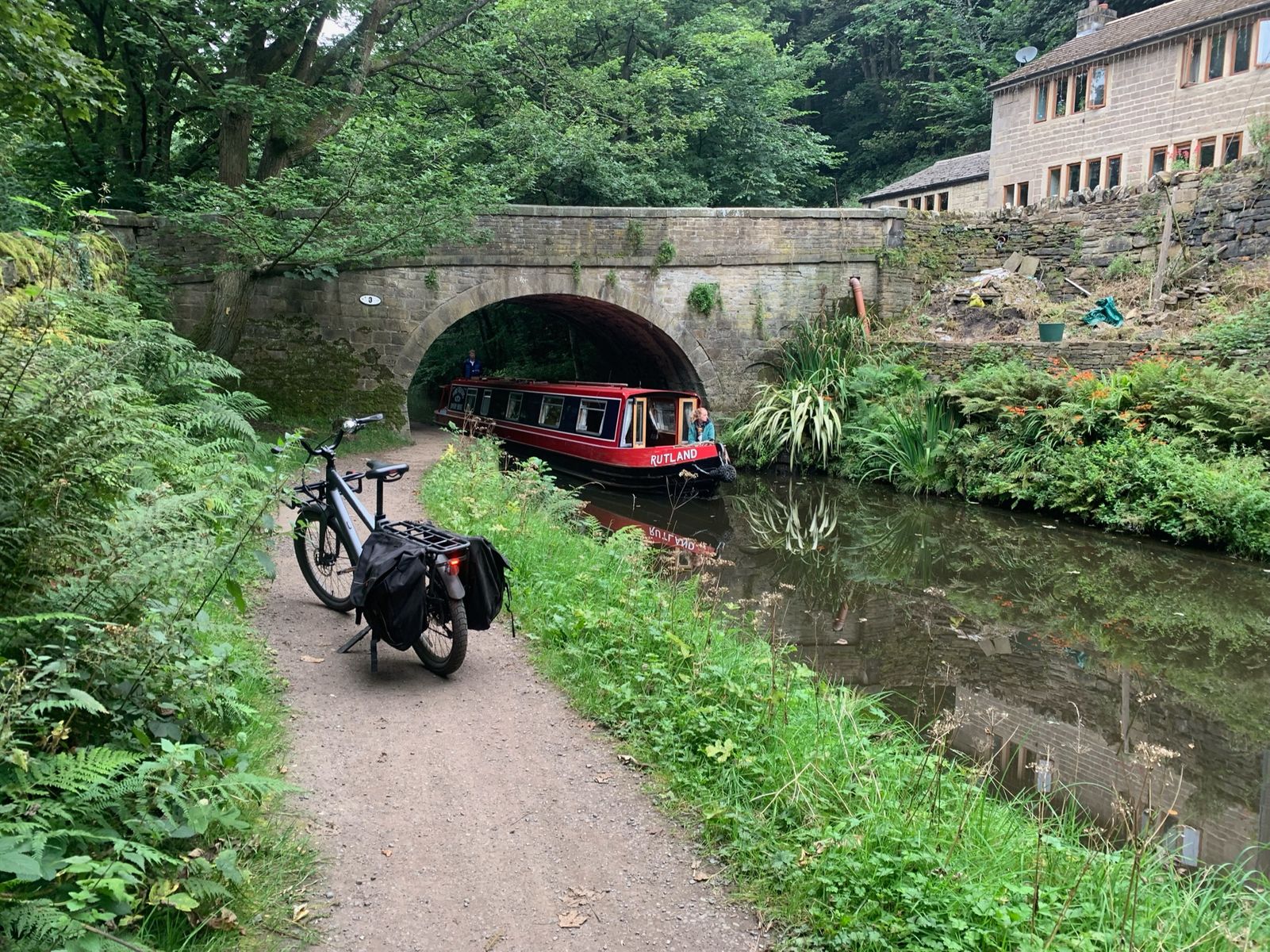
The Dual Sport tyres are excellent, and we added air once just after we got the test bike. After that, we’ve ridden it for over 700 miles on an almost daily basis. Preferring to avoid the traffic where possible – especially with a passenger on board – we’ve used the usual array of surfaces that passes for bike infrastructure in the UK, with a Yorkshire twist. Canal towpaths with cobbled spillways, rough potholed back routes past garage sites and industrial units, crushed stone fire roads and even the occasional bridleway have all been tackled. The tyres do come a little unstuck on patches of mud, unnerving if you’ve got a passenger and you have a sideways moment, but on the whole they’ve been brilliant. A ‘Knobby Dirt Tire’ and even ‘Studded Snow Tire’ are also available and I’d be tempted to invest in either for added confidence through the winter months.
(Please don’t judge me on the maintenance front, the chain’s been oiled and tire pressure checked. Probably half of the riding has been on canal tow path which consists of cobbled spillways and underpasses, crushed rock and crappy tarmac, with the rest a mix of mostly road riding in the Calder Valley, which has some super steep hills. The tyres were ace with enough rollover height to conquer kerbs and yet small enough size to keep the center of gravity low.)
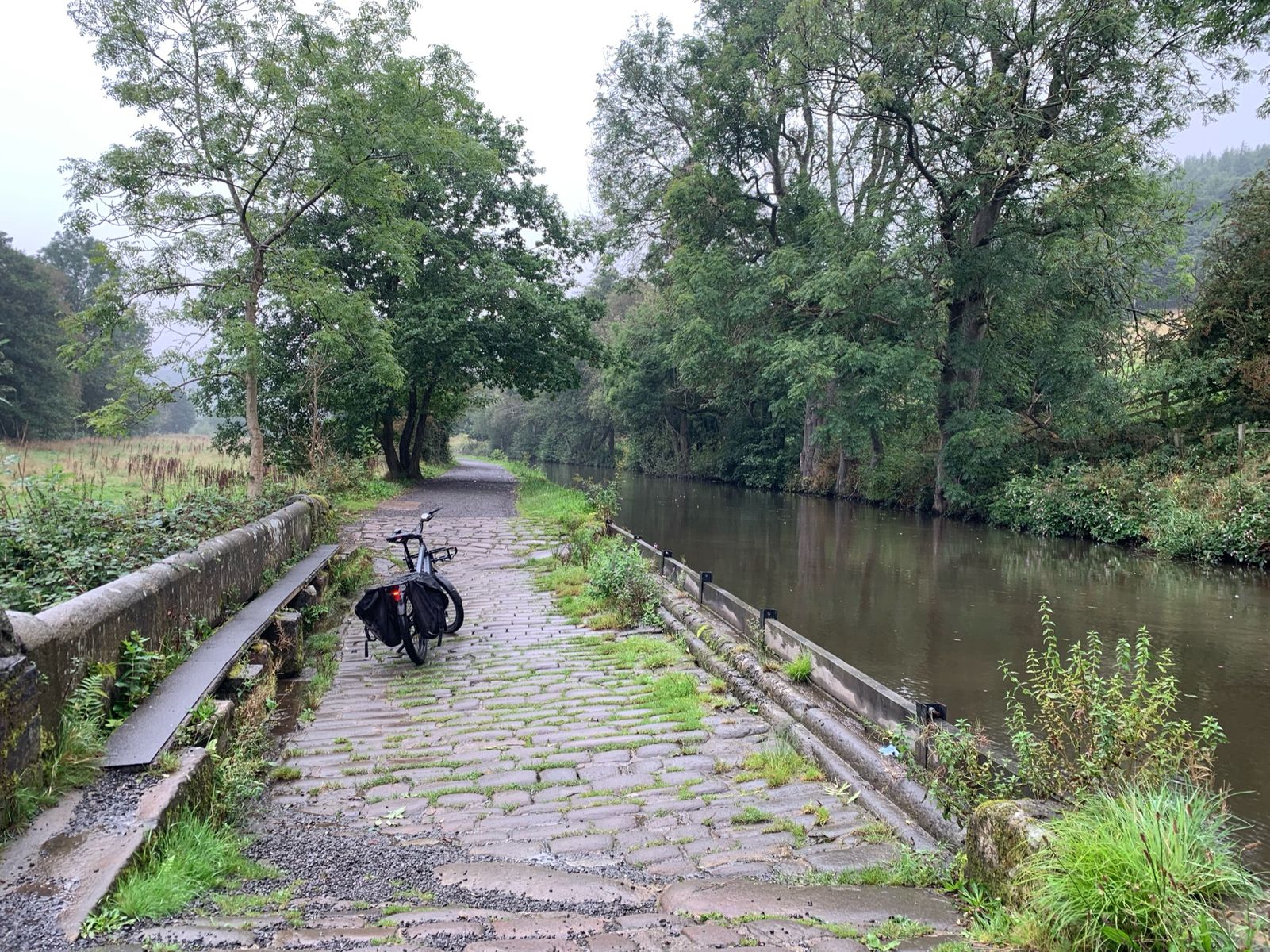
The brakes are great, though I’d be tempted to add a larger rotor to the front brake for a little longer lifespan on brake pads, plus extra stopping power, on our local hills. Dragging the brakes on long descents – there’s only so fast a responsible parent is willing to go on 24in wheels with a child on the back! – we did eat our way through a set of front and rear pads, even in the relative dry of the summer.
(The budget Shimano stoppers were solid performers under load and in all conditions, but a little light duty with the rear disc showing a flame finish after 500 miles. With the large contact patch tire and long tail, the front brake could take enormous loads without the risk of skidding or endo-ing, making high-deceleration stopping thrilling, especially for a passenger.)
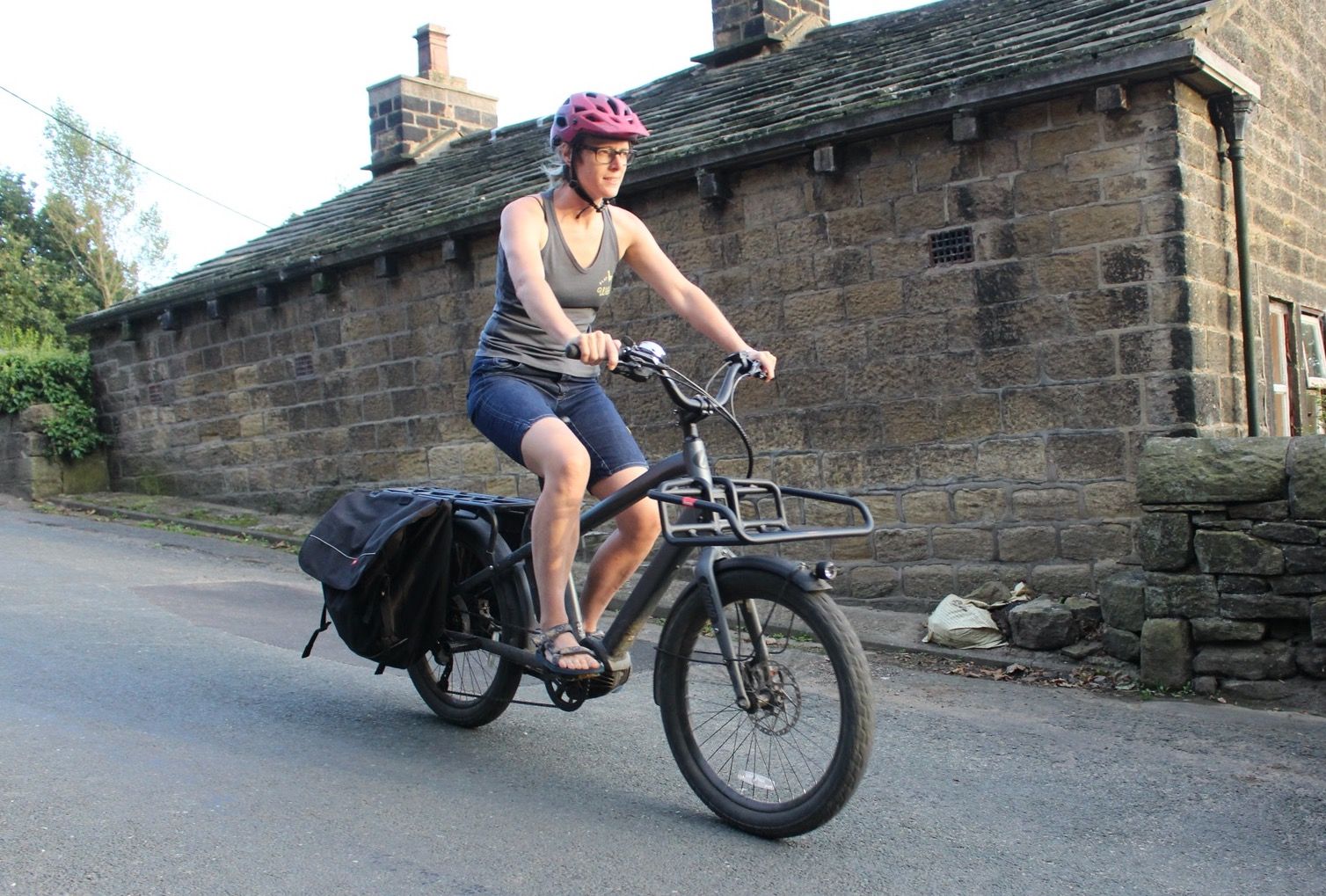
The Hauling
Since we didn’t have either the cushioned seat or footrests, the journey was a little uncomfortable for our regular 10/11 year old passenger, whose legs did threaten to drag on the ground. I’d highly recommend purchasing both these items if you’re planning on carrying an older child, or opt for the ‘Utility Rack #3’ which comes with lower rails that support the panniers or act as footrests. We fitted a bit of a hack on the footrest front: two BMX pegs provided somewhere to put a passenger’s feet, providing they don’t stick their toes out too far (or they’ll catch the driver’s heels as you pedal). We didn’t have the right sort of younger child seat available to test out the Yepp compatibility, but check out the Benno website to see a range of configurations for carrying children of different ages.
(I’m not convinced on the seat pad and cost. An old sleeping pad sliced up is comfortable and acts as a pad/stiffener to the panniers when stored)
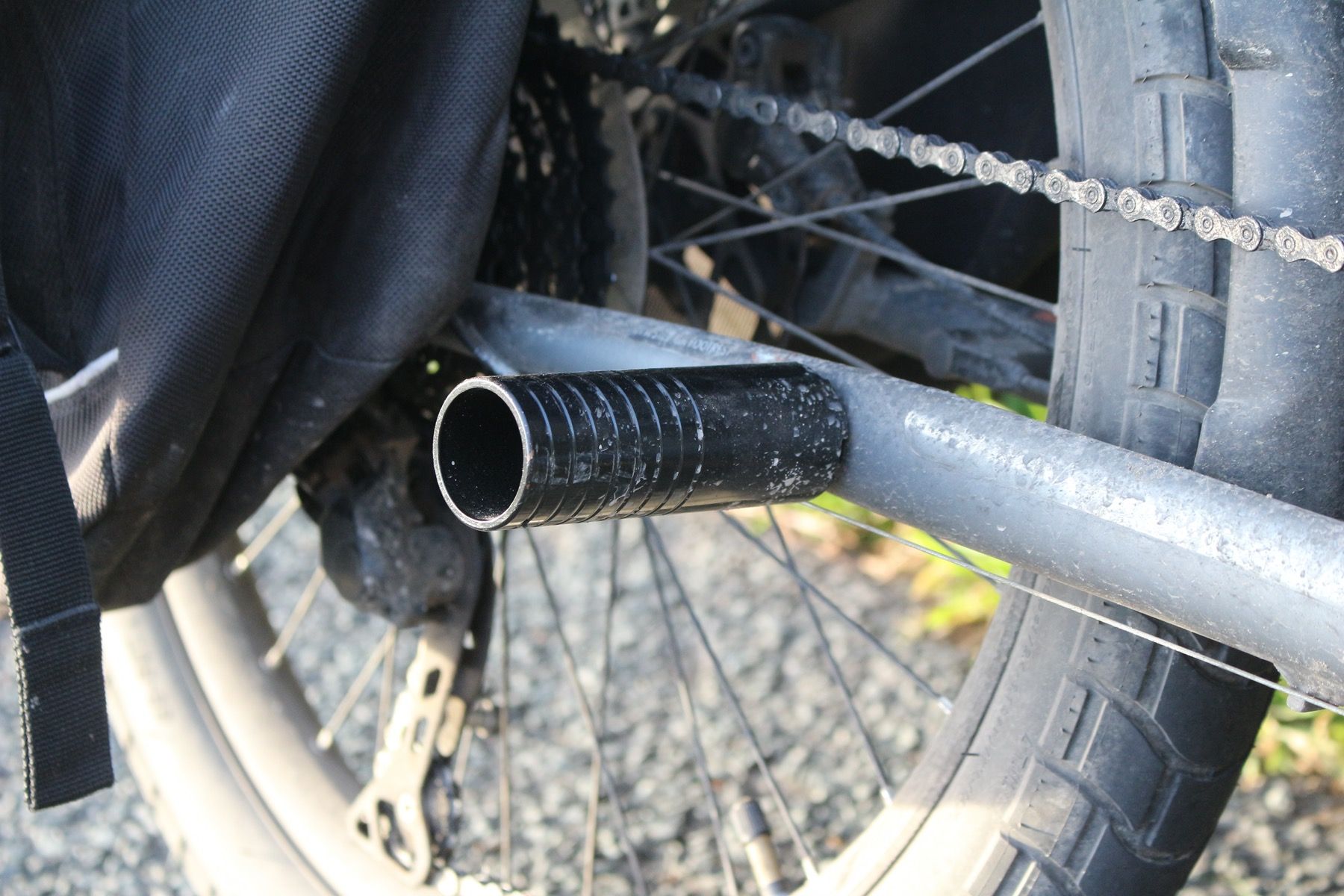
I do wish I’d had the more expensive ‘Utility #3’ rack option (£399.99), as, as well as the footrest, it would have given a degree of support to the bottom of the panniers, which were a little saggy and would benefit from a bit more internal structure. When loaded up, they tended to put pressure on the derailleur, causing unwanted shifting from time to time. We were eventually tempted to add one of those protector rails that you get on children’s bikes to stop them smashing the rear derailleur. The pannier bags were generally a little disappointing – some seam stitching came undone, and a couple of straps came loose. The sagginess was more of an issue however, and careful packing of shopping was needed to maximise the space available and keep the packs out of gears. Even a simple strap configuration that allowed you to strap from the bottom of one pannier up and over the rack and round to the bottom of the other would be a significant improvement – this would have a lifting effect and help keep the loaded packs off the gears.
(The derailleur guard allows the bike to stay in the highest 2 gears even with a U-lock or other heavy goods at the bottom of the right side pannier and while taking LeMans style chicanes.).
Bungee cords and ratchet straps added capacity to our rear rack – often in quite surprising ways. My partner strapped his mountain bike, full body armour and pads plus full face helmet to it and rode off to our local bike park – arriving fresh and ready to ride. It did however create a wide load, meaning he had to ride on the road rather than narrower bike paths. We added some fabric flags to either side of the load to try and encourage cars to give him a wide berth – it’s not an ideal set up, but it shows that it is possible to carry a substantial item if you put your mind to it.
(Uh, well, yes, I do certain improbable things designed to test the limits of bikes, sometimes more than one bike in a day. Really, toe clip straps and/or a Surly strap or two ought to live in the pannier along with a pump, tube, U-lock and multi-tool, which will enable you to be all-conditions ready and you won’t notice this modest weight.)
The rear rack was really only limited by how uncomfortable our rear passenger was prepared to be, or how narrow the bollards or obstacles on our route home. One one occasion we managed a variety of shopping, a 13 year old, and a mountain bike fork in a box, all on the rear rack. This was probably pushing the limits of the 60kg weight limit, but the bike coped nonetheless.
(Little does she know…there was the 80lbs+ of gravel that the kids swept up (apparently a breakfast thing in the UK) on a 20% grade, the Yorkshire tarmac and the 100lb trip to bargain store, which necessitated an out-of-the-saddle effort on a 25% grade. The bike is extremely stable as a result of its long wheel base and high traction, high volume tires and added weight serves to increase the contact patch and make it stable, if not more unwieldy at slow speeds.)
The front ‘Utility Front Tray’ rack was a great addition, as we’d found that the rear rack was limited less by the weight limit than by the volume of stuff we wanted to carry – especially if we wanted to leave room for a child to ride back from the supermarket with us. The curved sides of the rack help keep items in place, but it does slightly limit the option for creative carrying of oversized items – a simple flat rack wouldn’t offer so much security for smaller items, but it would give flexibility for larger ones. As it is, the Utility Front Tray adds a potential 20kg of additional carrying capacity, and it bolts on very securely through the frame, making it feel very robust. Because it’s bolted through the frame, it continues to point forwards even when you turn your bars – this does cause a slightly strange and disorientating feeling, but you’ll get over it. However, this fixed position does mean that tall items on the front tray can snag your brake levers when turning.
(I’m not sure the added weight and utility is worth it, but the kids are only getting bigger. Maybe with more pizza and beer hauling, I will find its joy.)
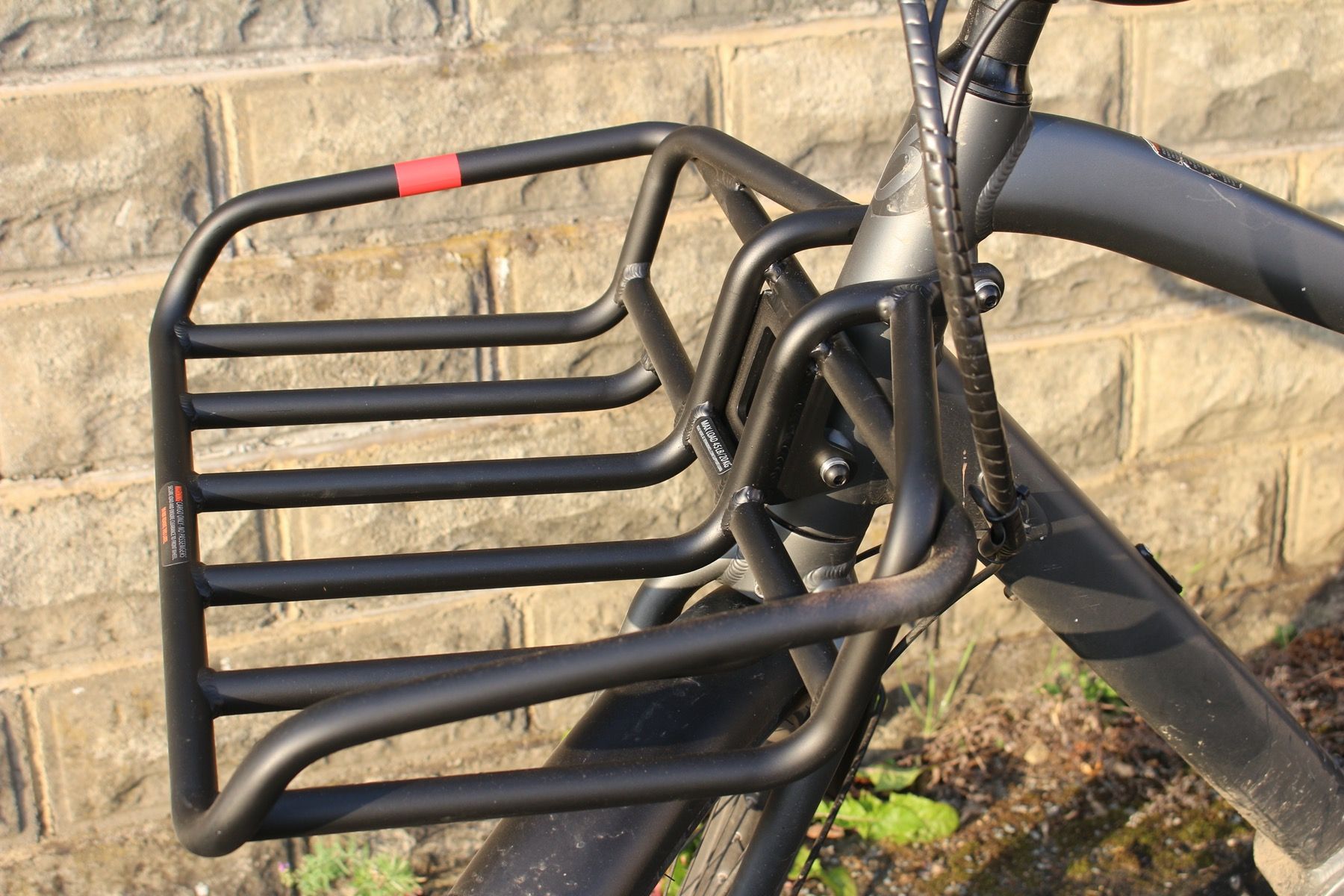
Some practicalities
The lights aren’t as good as they could be. The front light is mounted very low, on the front wheel – this does keep the light out in front of you without shadowing issues if you’re carrying a large item, but it doesn’t give great visibility. It feels more like a ‘be seen’ option than a ‘light your way’ light, although there is no flashing setting as you’d hope for in a commuter light. The beam is bright but rather focussed, so it does light your way in the dark, but doesn’t give you any peripheral vision. On the canal path I found this particularly unnerving, as I couldn’t see if pedestrians (or unwanted lurkers) were stood at the edge of the path. This made me feel vulnerable, and for winter commutes I’d definitely be adding an extra light to improve my peripheral vision. Options there will likely be a little limited by the handlebar shape – there is very limited horizontal space available, and anything low down near the headset risks being blocked by front mounted luggage. Careful choice of a bracket or headset mounted light may be needed. Like the front light, the rear light doesn’t flash. The lights are switched on by cycling right up through the assist modes into turbo, then pressing ‘+’ again. It would be great to have a separate light control that enabled a choice of flashing or constant modes.
(The light was underwhelming, but adequate. The Benno headlight seemed to have about the same 250 lumen light output (claimed) as my Lezyne running on “economy”, but the light was low and narrow. If you are regularly running it at night you may want the auxiliary lighting because a higher mount (especially in the rear) would create much better visibility.)
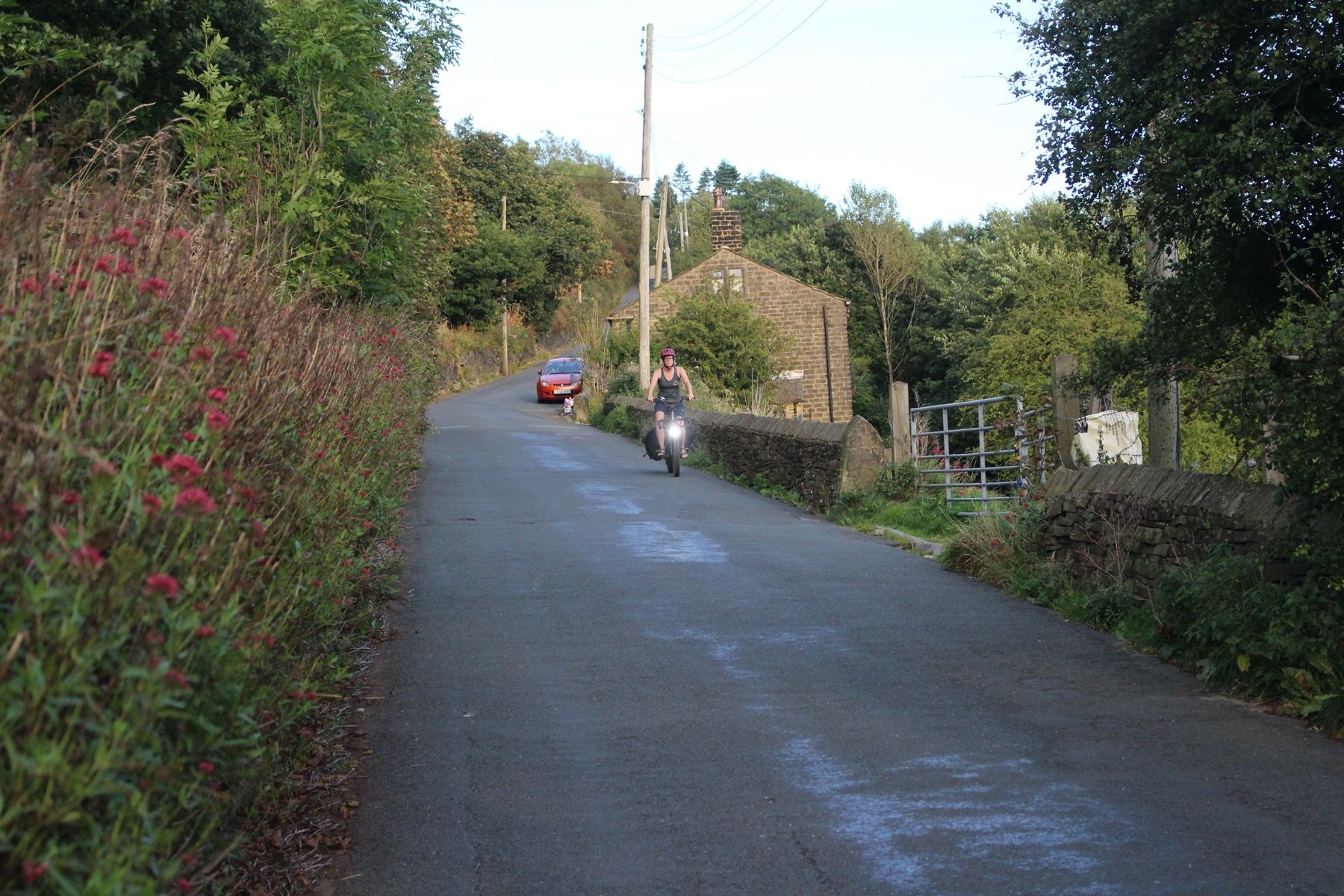
We found the saddle comfortable, however the nature of the integral handle – which I think you need – means that you can’t swap it out to something else if you want to. The twin bolted seat post clamp became annoying for us – and with riders at 5 foot 9.5 and 6 foot 3 swapping over use of the bike often multiple times in one day, we feared stripping the bolts too. We solved this problem by adding an old school ‘crotch grab’ style dropper post. Not only does this make adjusting the height for different riders a breeze, but it also gives you the option to lower the saddle for easier mounting – especially handy with a large or heavy load.
(I think the saddle is an excellent compromise for all kinds of riders and a good choice, as long as you are not regularly doing rides in excess of 10 miles, in which case a narrower saddle and clippy pedals may be in order. Speaking of pedals, they were large platform durable aluminum jobbies, another solid component pick. The dropper is a real boon to the flexibility of the bike (imagine having to get a wrench out every time you changed drivers on the car) and ease of mounting and dismounting, the number one upgrade for multi users and big loads.)
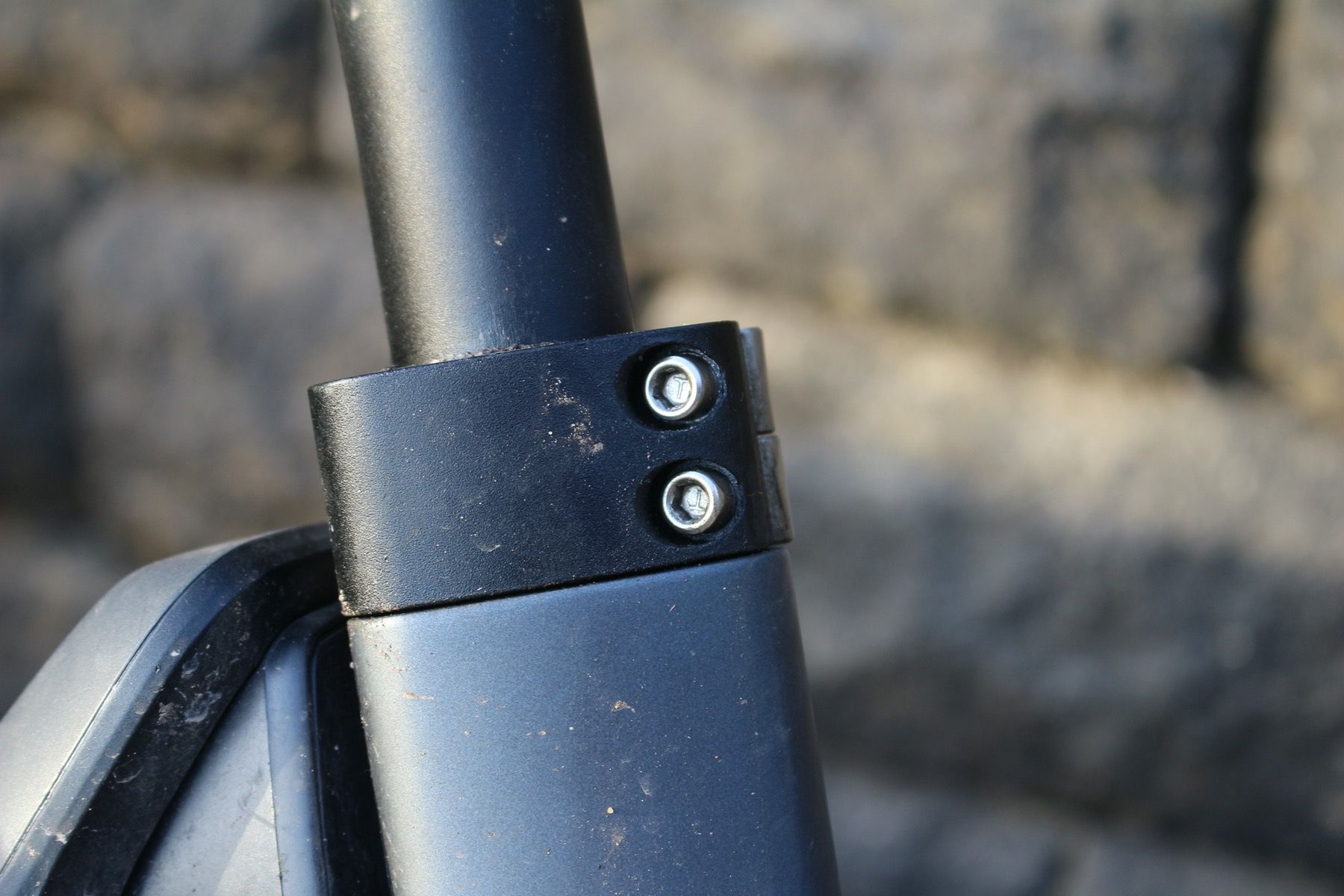
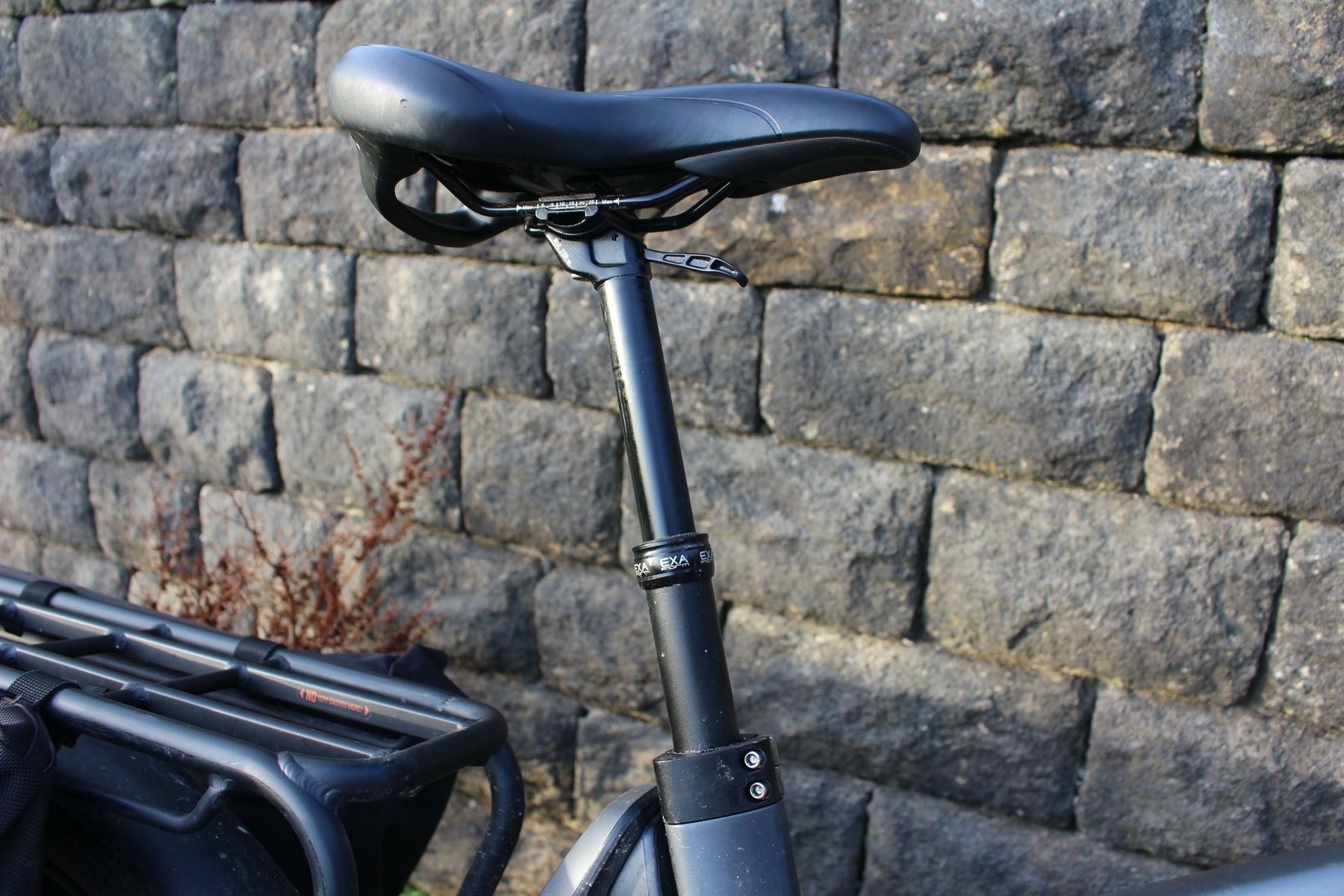
The single sided kickstand is robust, but not the ideal solution. You need to watch how you park the bike on a hill, or it can roll away from the stand. In addition, if you’re trying to load the bike up with something heavy – or perhaps wriggly and heavy, like a child – this can be precarious. The dual kickstand (which is an available accessory) would be a much better option, especially if you have smaller children who need to be strapped into a seat, rather than climbing on like my older child could.
The bash-style chain guard isn’t enough to keep your trousers out of your chain, and I’d recommend adding bicycle-clips to your pannier so they’re always on hand. Alternatively, it would be nice to see future Bennos come with a more extensive chain guard – although I admit that does tend to make maintenance a little more faffy.
Finally, add a bell. The hardest bit of any loaded up journey is the stopping and starting – once you’re moving balancing is easy. There’s not a whole heap of room on the handlebars for one, but squeeze in a good loud bell to make sure you can keep moving forward and making progress on your journey.
(Nailed it!)
Maintenance & Operation
I did find the Bosch display annoying – it can display total miles, or miles to go until empty, but cycling through the display options was not intuitive and I had to look up instructions on it having randomly changed it a few times and got stuck with an option I didn’t want. Simpler options with a clock added in would be great – so you could easily flick to check the time on your journey and decide if you’re late.
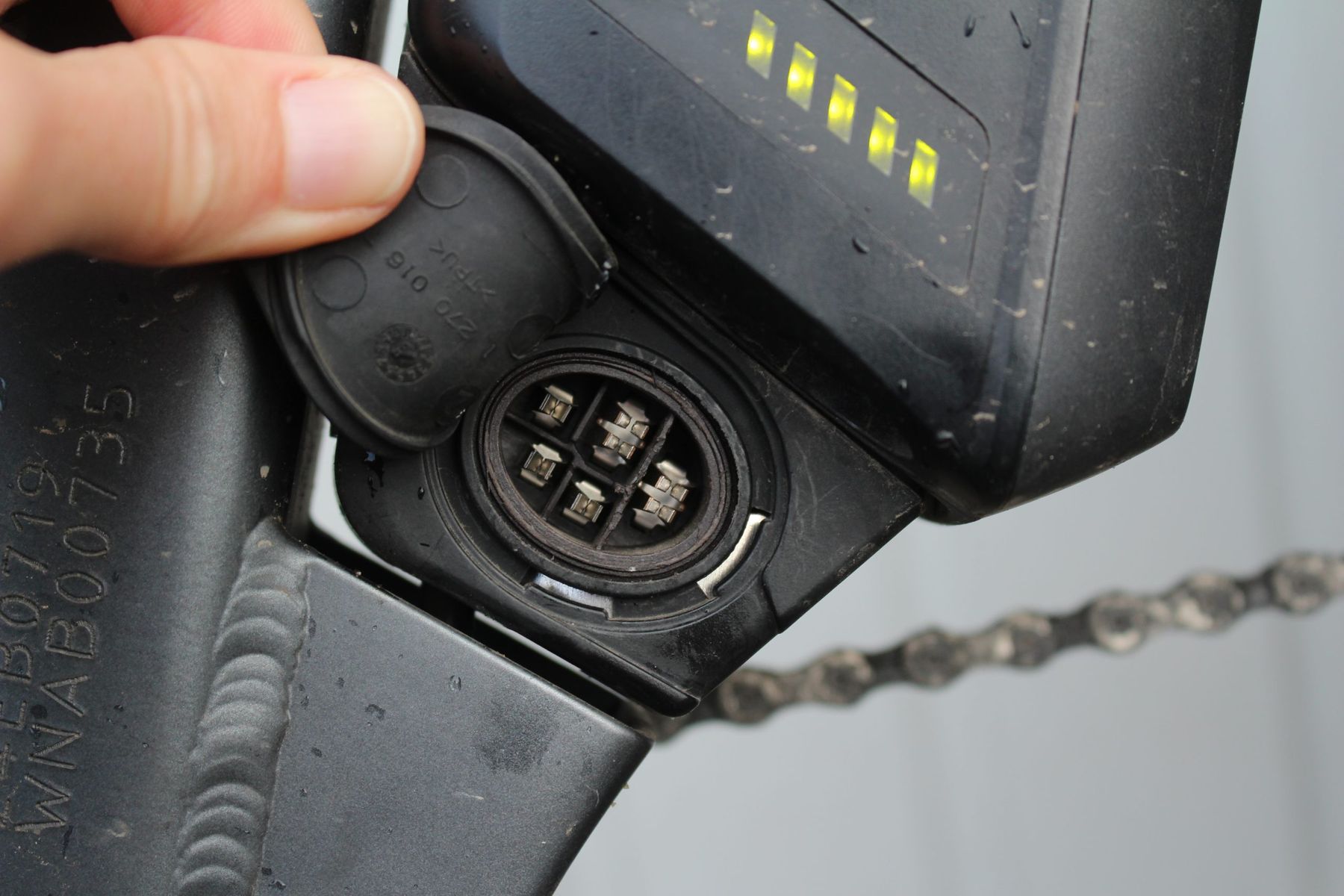
Similarly, the Bosch charging connection is a little annoying – it’s fiddly to line up the odd socket pattern, and if you don’t have easy access to the port where you’re leaving the bike to charge, it’s a bit of a nuisance. That said, you can also charge the battery off the bike.
(A clock would greatly improve the functionality of the head unit. I found the “walk” mode particularly useful when going up stairs or steep bits of trail. With four levels of power the battery life was easy enough to manage. The Bosch charging connection is ridiculous, like old coax cable connections, that person should be fired.)
The mudguards are good and pleasingly sturdy, though the rear one is slightly shorter than is ideal. There is an extra flap available to extend the mudguards, and your rear passenger in particular will likely thank you for the investment in their drier bottom.
After the bike had done over 800 miles, we checked the chain and discovered it was at the absolute maximum of acceptable chain wear. Oops. It probably needs changing before the 750 mile mark, or certainly checking, especially if you’re doing a lot of off road surfaces, hauling, or hills. It takes two chains with a bit taken off, or a super long length one, to replace it.
Apart from the chain and the brake pads, all we did the rest of the time was ride it. We didn’t even clean it that often, and lubed the chain from time to time. Despite this relative neglect it has just kept on going. As a daily driver, that’s important – you want it to work when you need it, and you don’t want to have to be showering it with attention in between all the times you’re riding it.
(“We” did clean it, lube the chain and keep tabs on the brakes and drivetrain with just a bit of adjustment. “We” were also diligent about keeping it charged up, mounting an extension outlet and wall hung charger adjacent to where it was parked. “We” also made sure to periodically (once a month) “maintenance charge” the battery allowing it to drain to one bar, then fully recharge it to promote battery life. Ask anyone, “we’ make a great team!)
Yes, darling. ‘We’ is also very good at taking the bins out, carrying out overlooked home repairs, and cooking food that the kids will eat. Credit where it’s due.
Life with a Benno Boost E Cargo Bike
If you’re considering owning one of these, I think you need a garage or large shed to put it in, with a nice clear access route in and out of it. It’s heavy and it’s not easy to maneuver around, so plan to wheel it wherever you’re taking it. Lifting it is all but impossible. Reversing it is tricky too, so ideally you want to be able to turn it around just in front of wherever you’re storing it. A charging point inside the store will also make for easier grab and go use – having to install and remove the battery every time you want to go out for a ride, or charge it, is just adding a layer of faff.
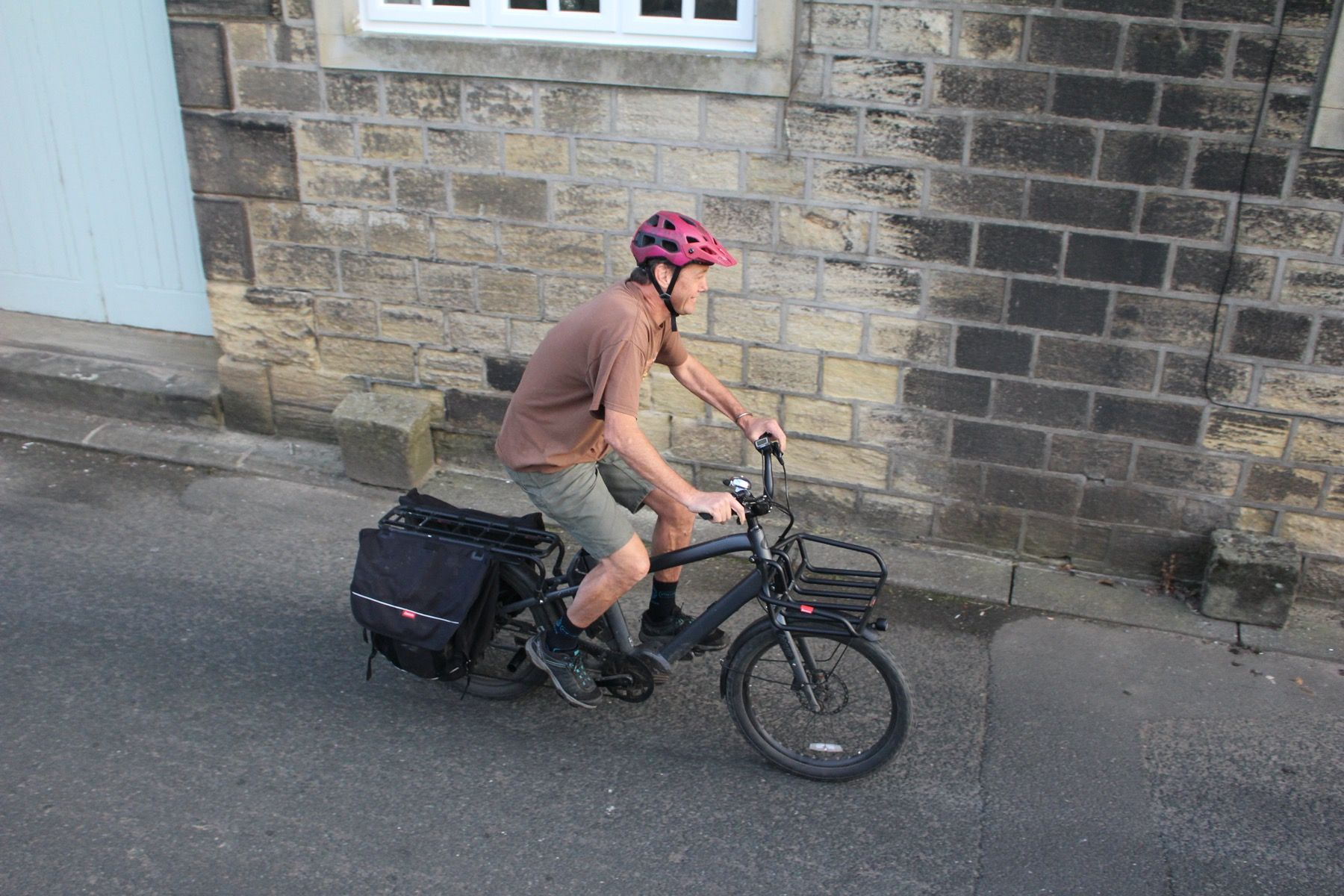
If you can give it such a home, I’d urge you to consider it. The experience showed me, for where I live and with the journeys I need to make, I can’t quite face living without a car completely. But for the vast majority of local journeys I can leave the car behind. I really only need the car if I’m travelling with my older teenager, both children, or with my partner. If my partner also had an ebike, I can see that we’d rarely use a car together. The school run is faster on the Benno than in the car, and even in horrible weather it’s possible to get geared up to get to school comfortably dry. Journeys up to 10km are about the same time by Benno, once you take into account traffic lights, parking, and walking from wherever your parking spot is. Even a big weekly supermarket shop is manageable by Benno if I can do it when I don’t also have a child with me. The door to door convenience of the Benno means that top up shops or errands are easy – with no waiting for traffic and parking spots, it’s no problem to nip out on a quick extra trip, or to slot in an extra stop on the way home from work. And of course you don’t have to feel guilty, because you’re not one of those drivers on the road that’s adding to traffic and pollution by being a single driver in a big metal box.
(I think I’ve just been given permission to order that eMTB I’ve had my eye on! The efficiency on trips of less than 2 miles is stunning and comparable to a car up to about 5 miles on local and B roads, so much so that you may be inclined to trade in that estate for the camper van you always wanted. While it won’t carry house plants or balloons easily, I’ve been amazed at the carrying capacity and versatility of the Benno and the longtail design.)
Bear in mind that you’re going to want to use it like a car, rather than like a bike. You’re going to want to leave it locked up and unattended in places that you probably wouldn’t leave your best mountain bike. Thanks to its size, it’s not always easy to lock it up to street furniture, so you may have to hunt for suitable spots to lock it up, like proper bike racks. Invest in a substantial lock and bike insurance that will cover it away from home, so you can feel free to use it wherever you want to.
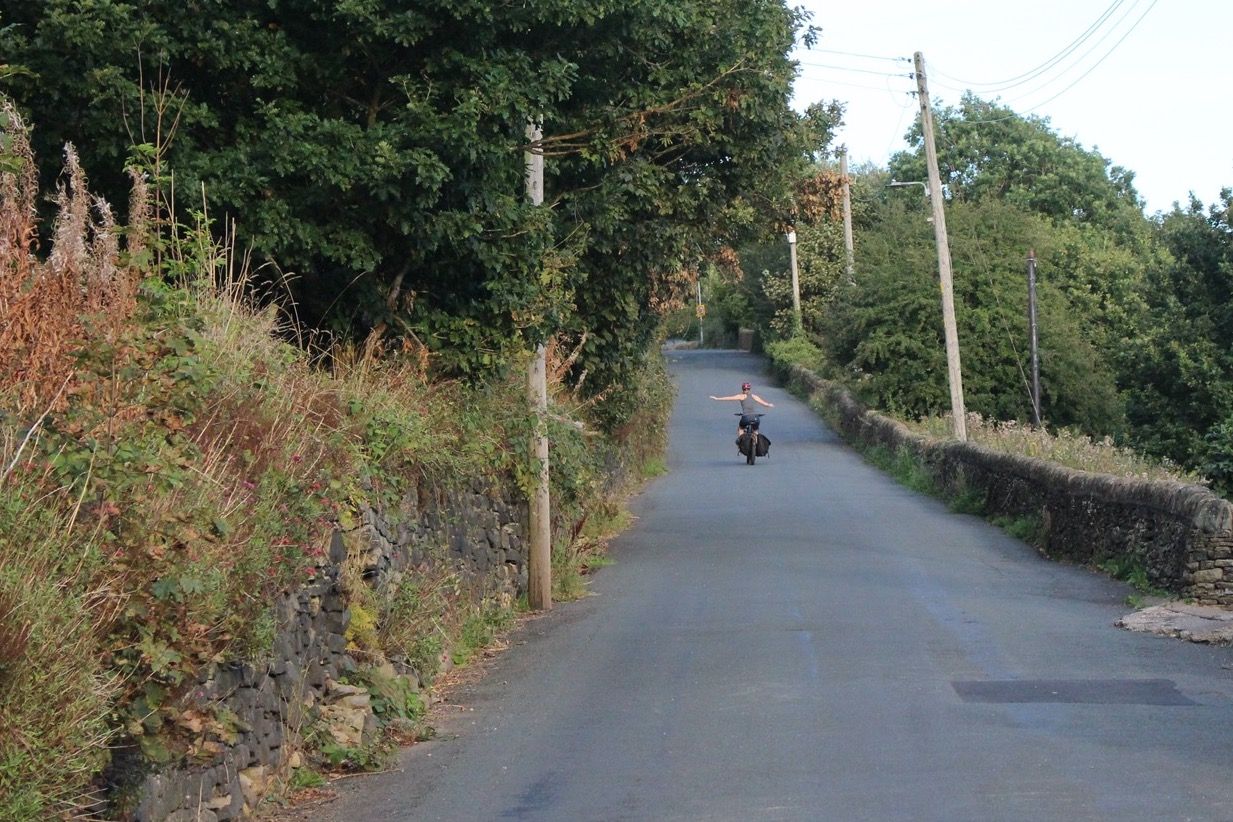
Hopping on the Benno Boost E cargo bike with a child on the back is invariably a joyous experience. You wave at people, they point at you, you get to chat and giggle as you ride along, you can see the world around you and point out sights of interest along the way. Even solo trips to the supermarket or work are better by bike. The Benno costs more than twice what I spent on my latest car, but I don’t need to tax it, or fill it with fuel, or insure it to take it out on the roads – and my car doesn’t make me smile, or make others smile as I pass.
(The Benno is a great second car (and costs about the same), without the added insurance, maintenance (though still some) and terrible impacts on the environment whilst being a hoot to ride. Part of this is the joy of an eBike, which makes you feel like you’re always on a downhill grade, and the other part is the ability to take bike routes, which are far more interesting and engaging than those that facilitate efficient auto traffic.)
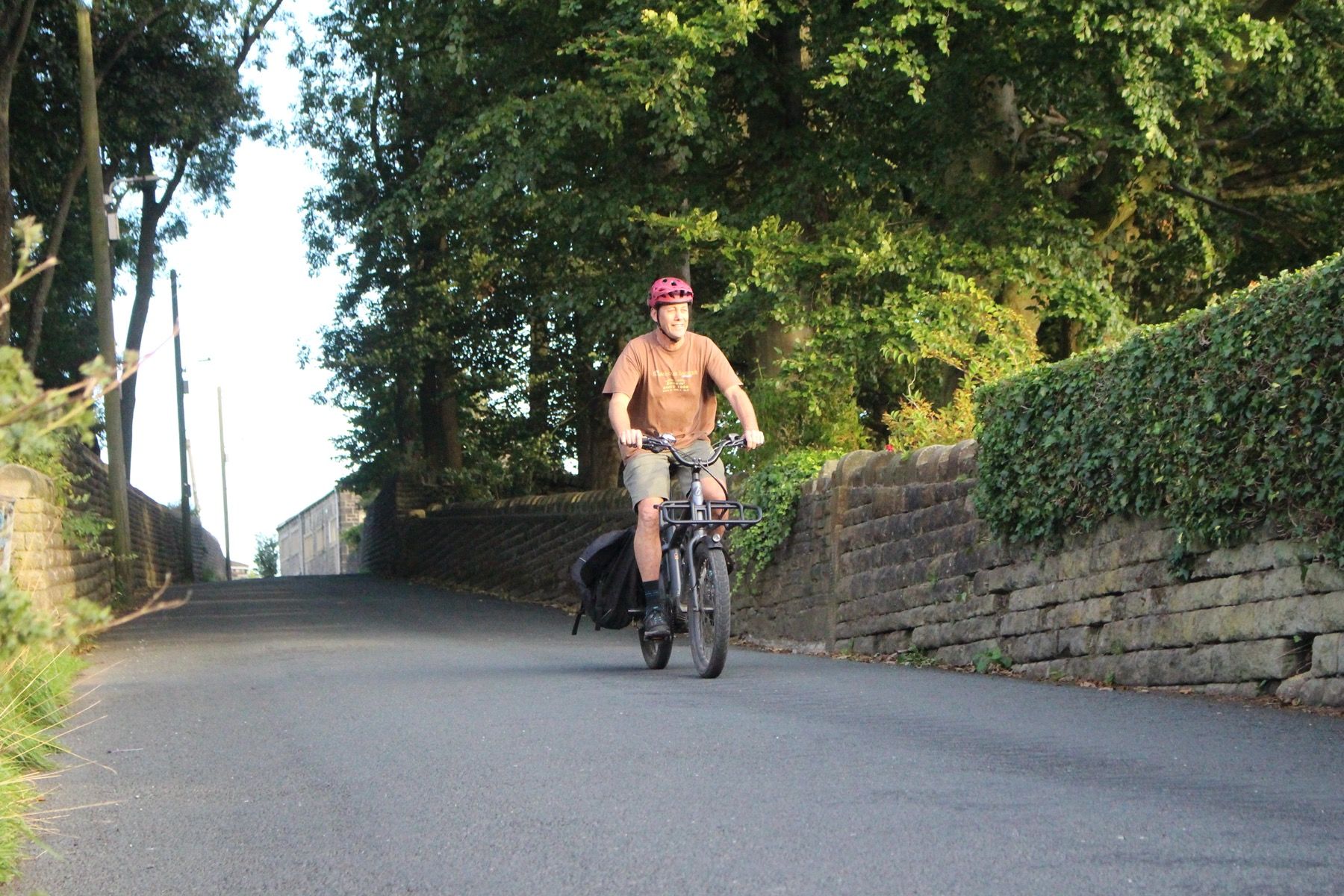
3 Things I Like
- The power and torque to head over the hills and far away.
- More cargo carrying capacity than you can shake a stick at.
- Robust and reliable transportation for a variety of purposes.
- (Versatile and durable racks and accessories
- Well chosen components
- It’s like, how much more black could this be? And the answer is none — none more black)
3 Things I’d Change
- It’s a pretty pricey option, even in the world of cargo bikes, and the attachments can add up.
- Add a dropper if you’ll have riders of different heights using it on a regular basis.
- Upgrade to the ‘Utility #3’ rack option for pannier support and footrests.
- (Needs a USB port
- The lighting needs more power and modes
- A slightly wider handlebar would give the rider more leverage (esp. when loaded) and room to mount accessories)
Overall
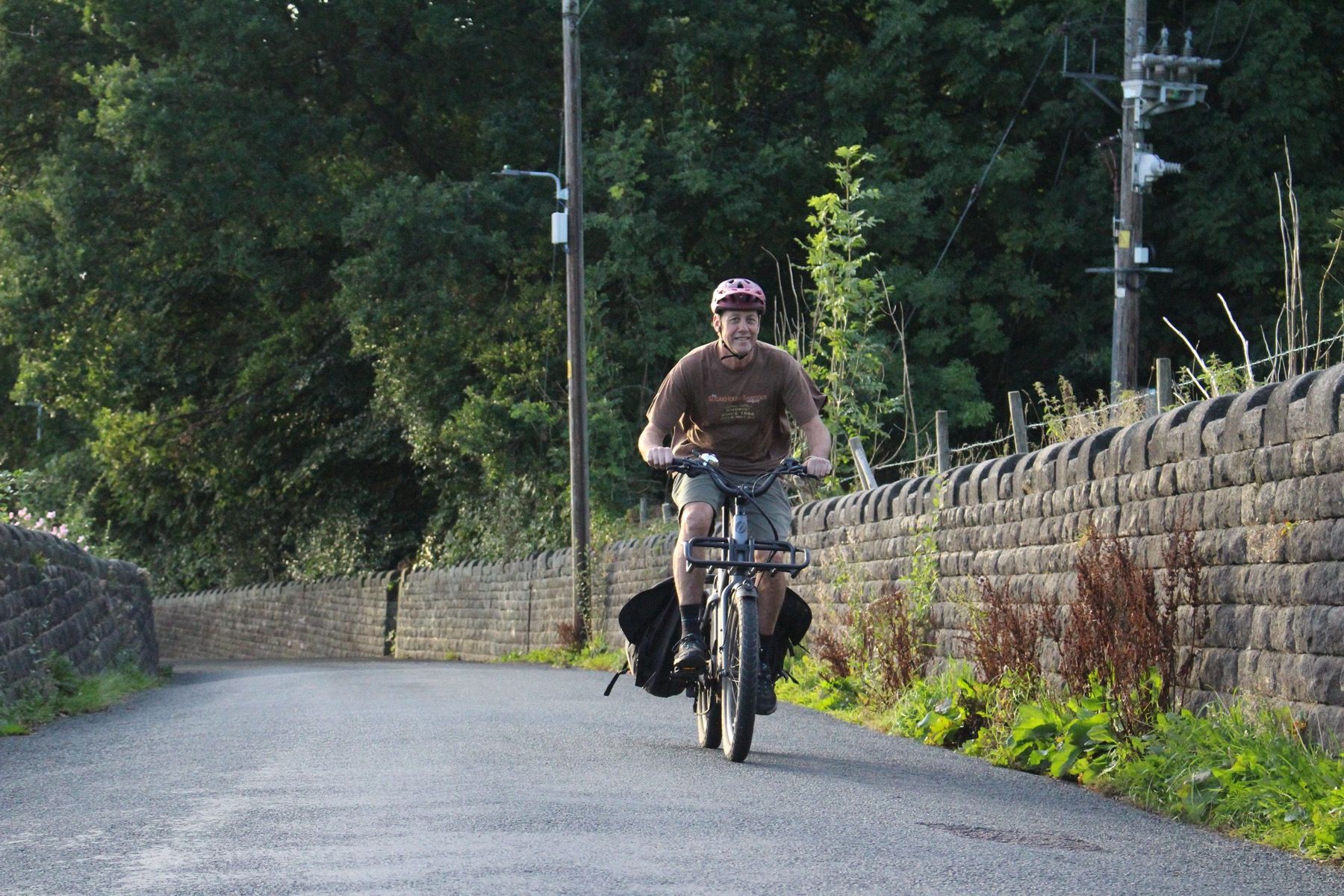
I can’t really compare this to other cargo bikes in the market since this is the first time I’ve used one. But for my semi-rural and hilly needs this 24 inch wheeled bike with Bosch CX motor ticks the boxes. I’d not want anything with less torque or I’d struggle up the hills, and I’d not want smaller wheels or I’d struggle with the rougher parts of my local routes. With so many add ons and options, I think the Benno Boost E Cargo bike could be configured to suit the needs of almost every family, providing you have a space to store it. Get rid of that second car, or those n+1 vintage bikes you never seem to use, and make room for one of these in your life. Your journeys and the planet will be happier for it.
(The 24” fat tire dimension hits a sweet spot of traction, cushion, roll-overability, low center of gravity and standover. Get rid of the vintage bikes you never seem to ride?! Or, get a Benno and campervan and store the vintage bikes in there?)






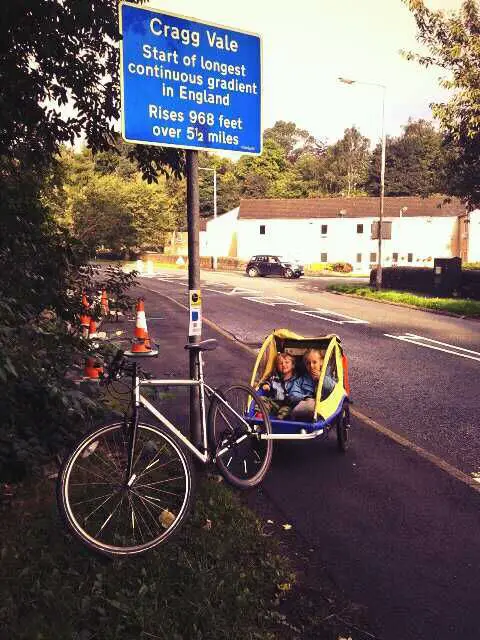
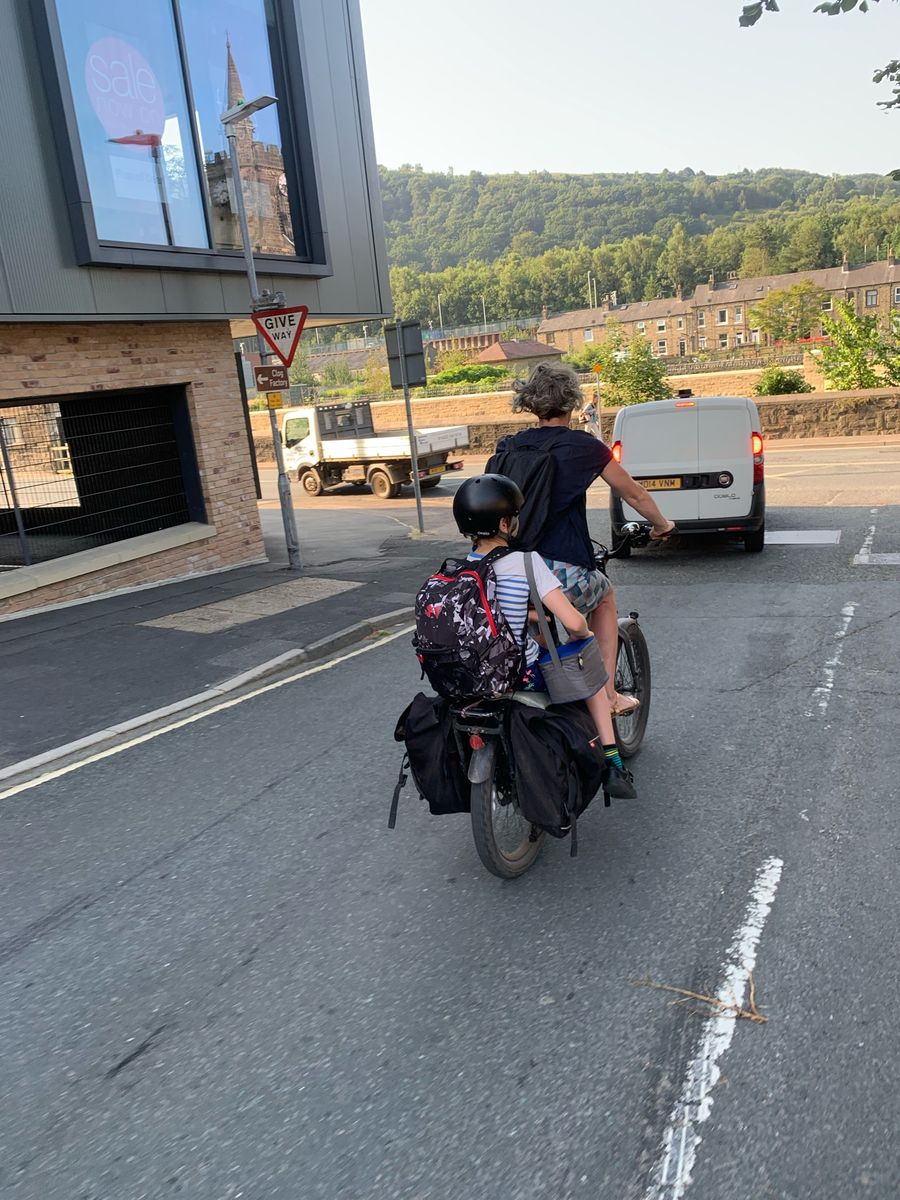
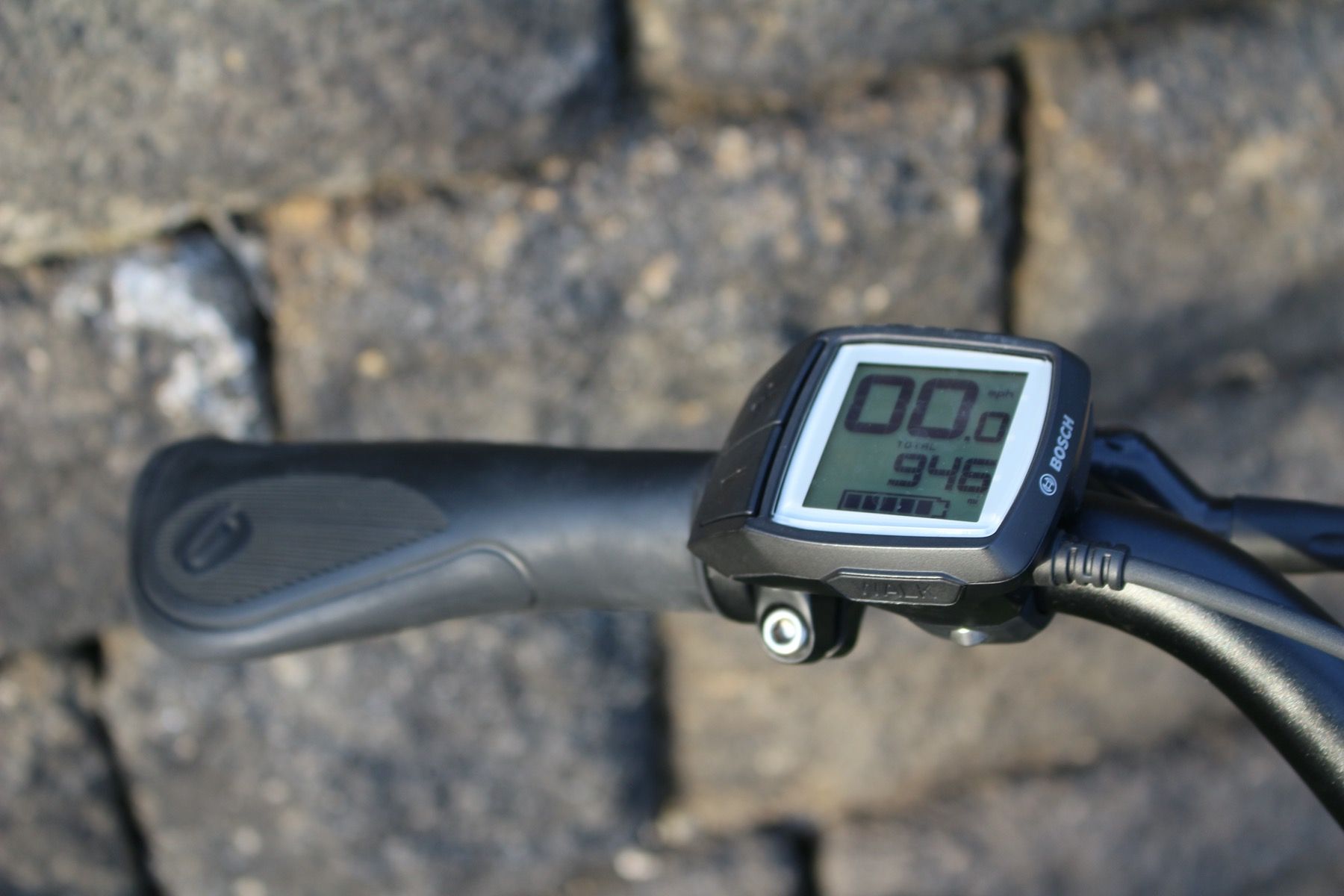
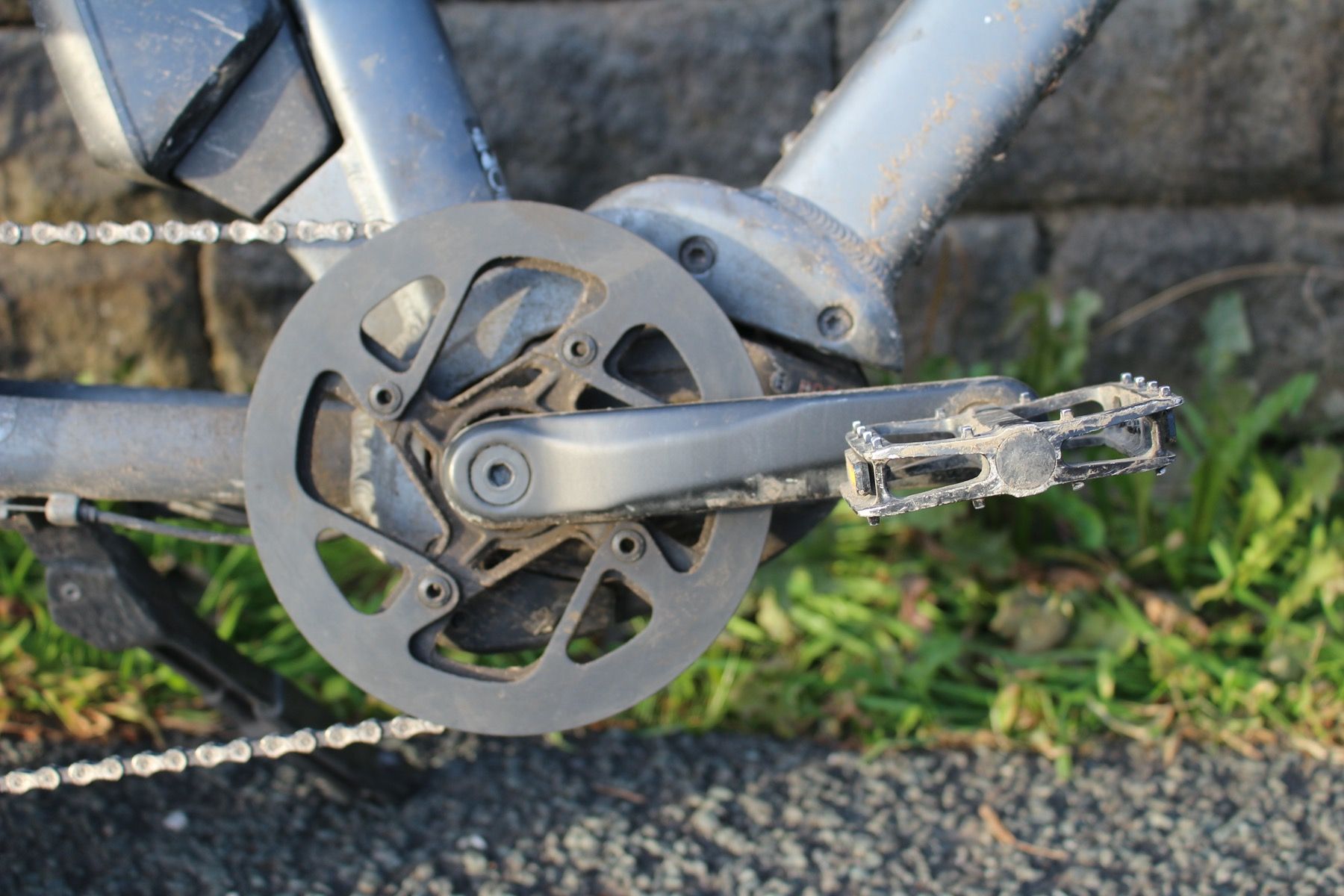
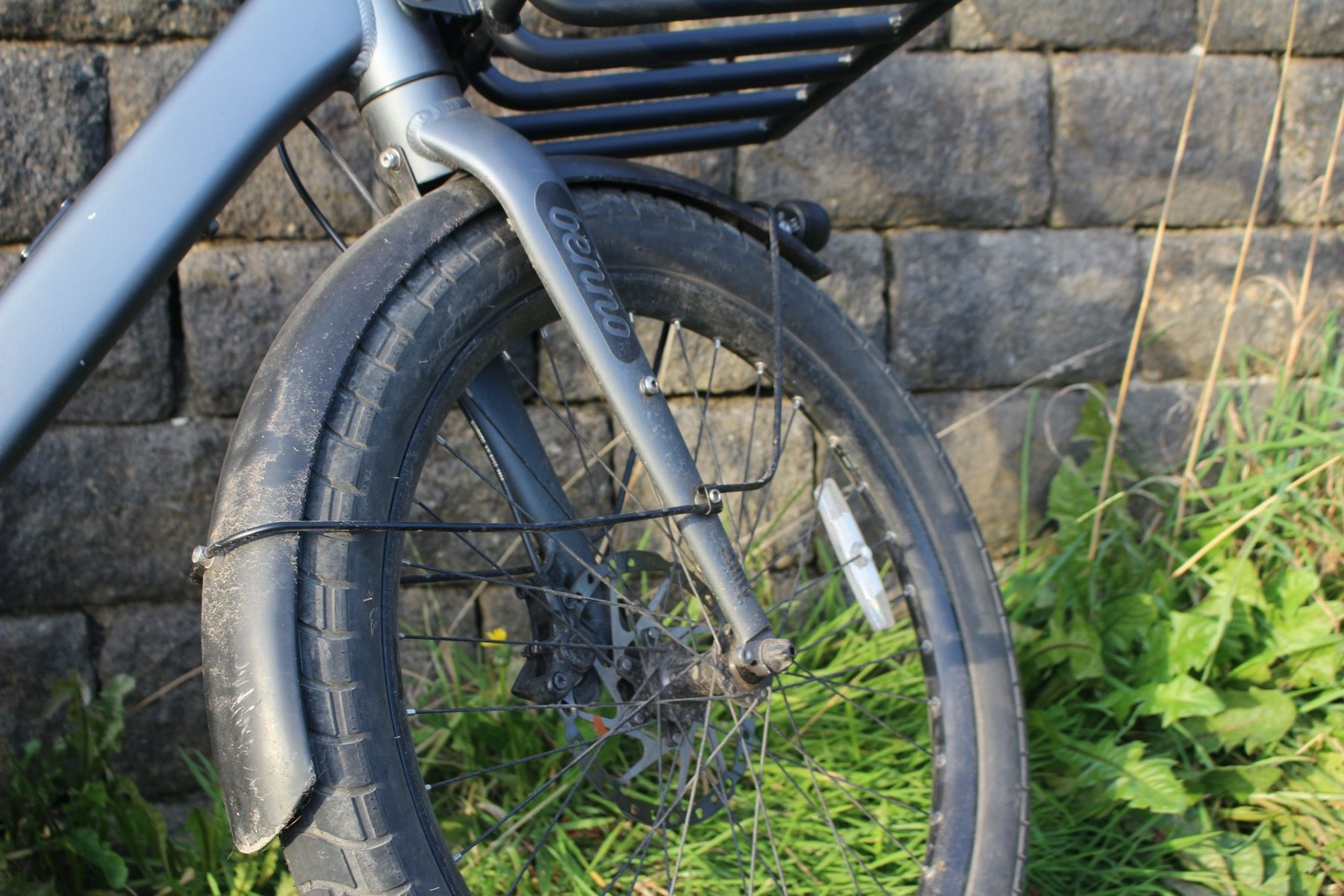
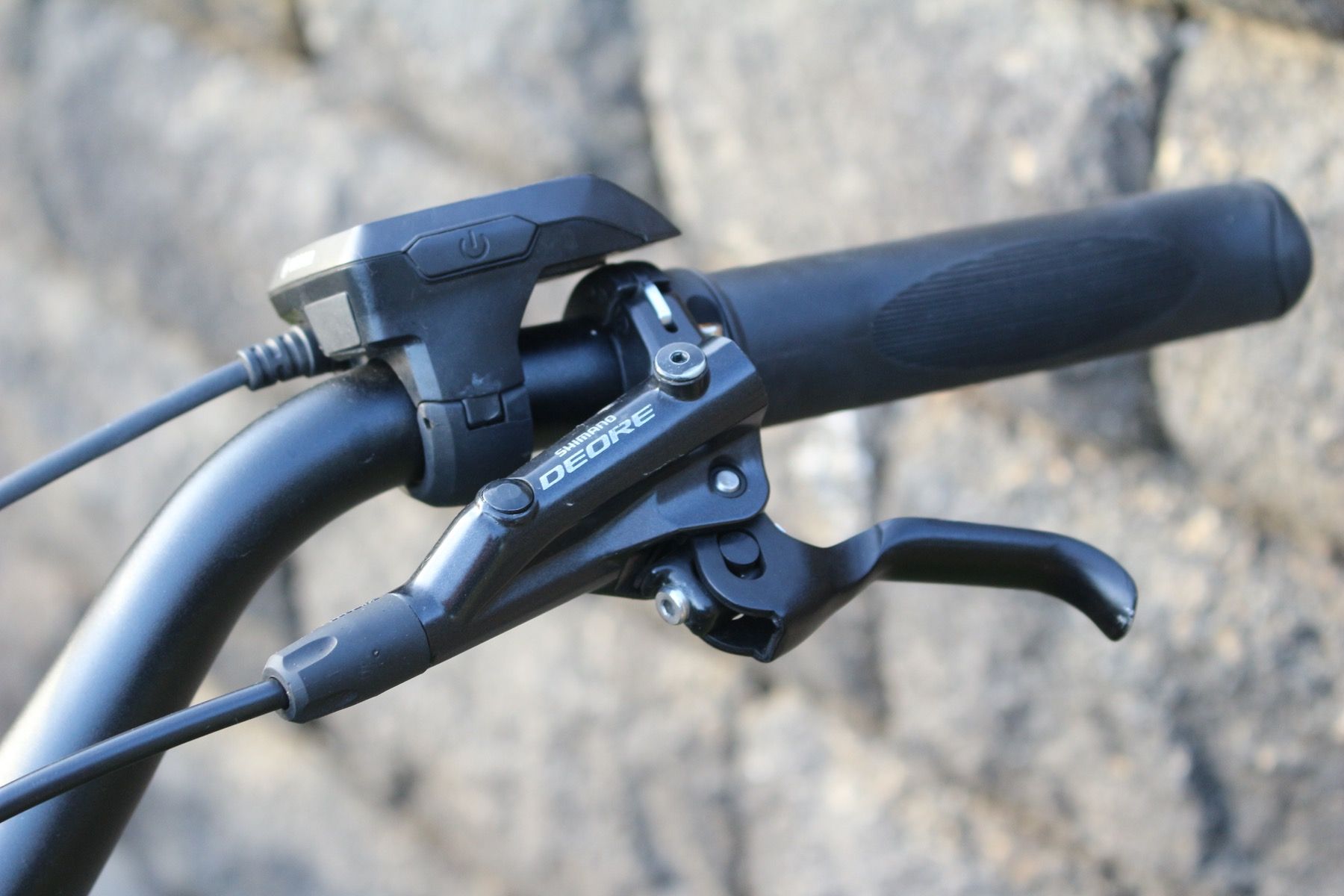
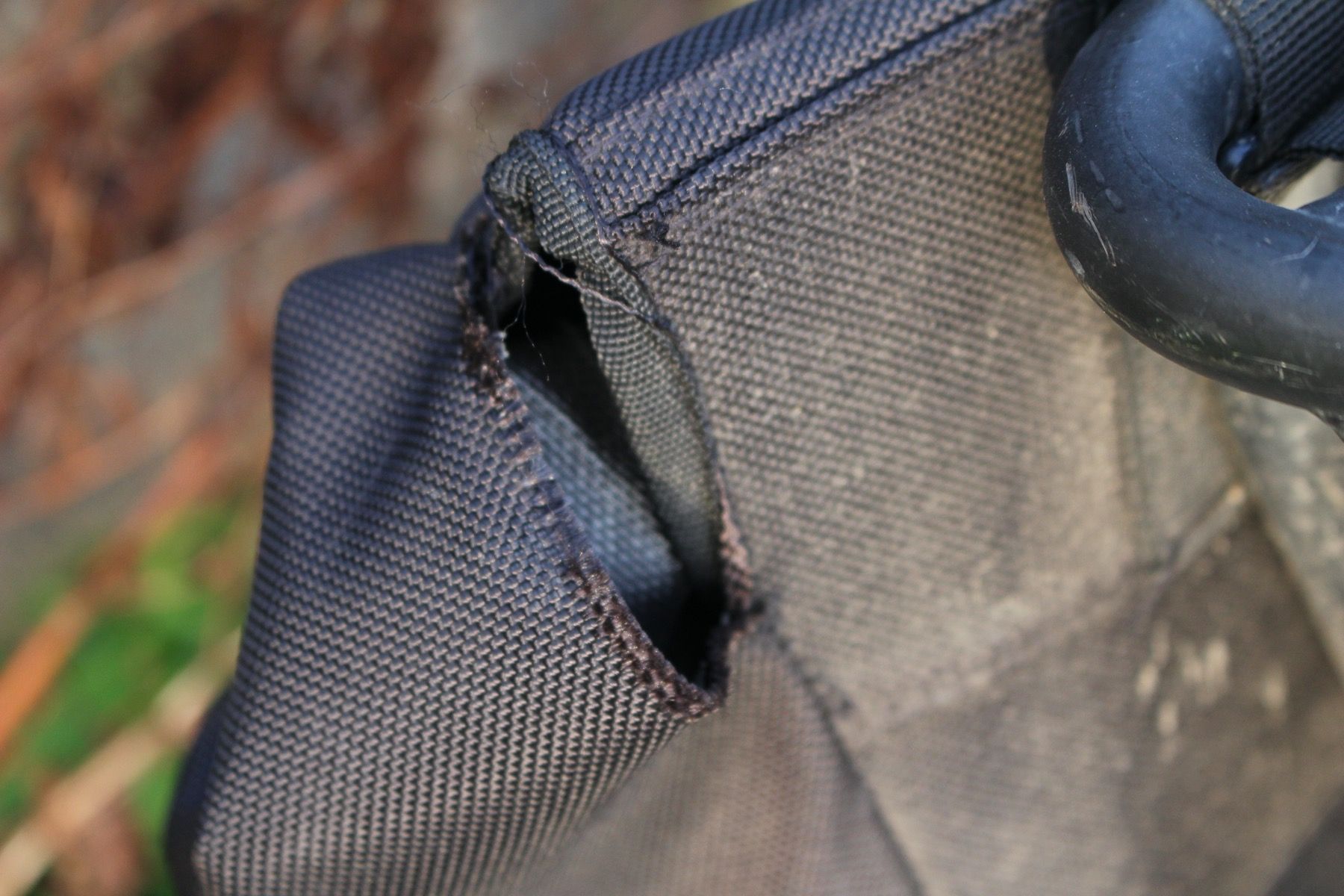
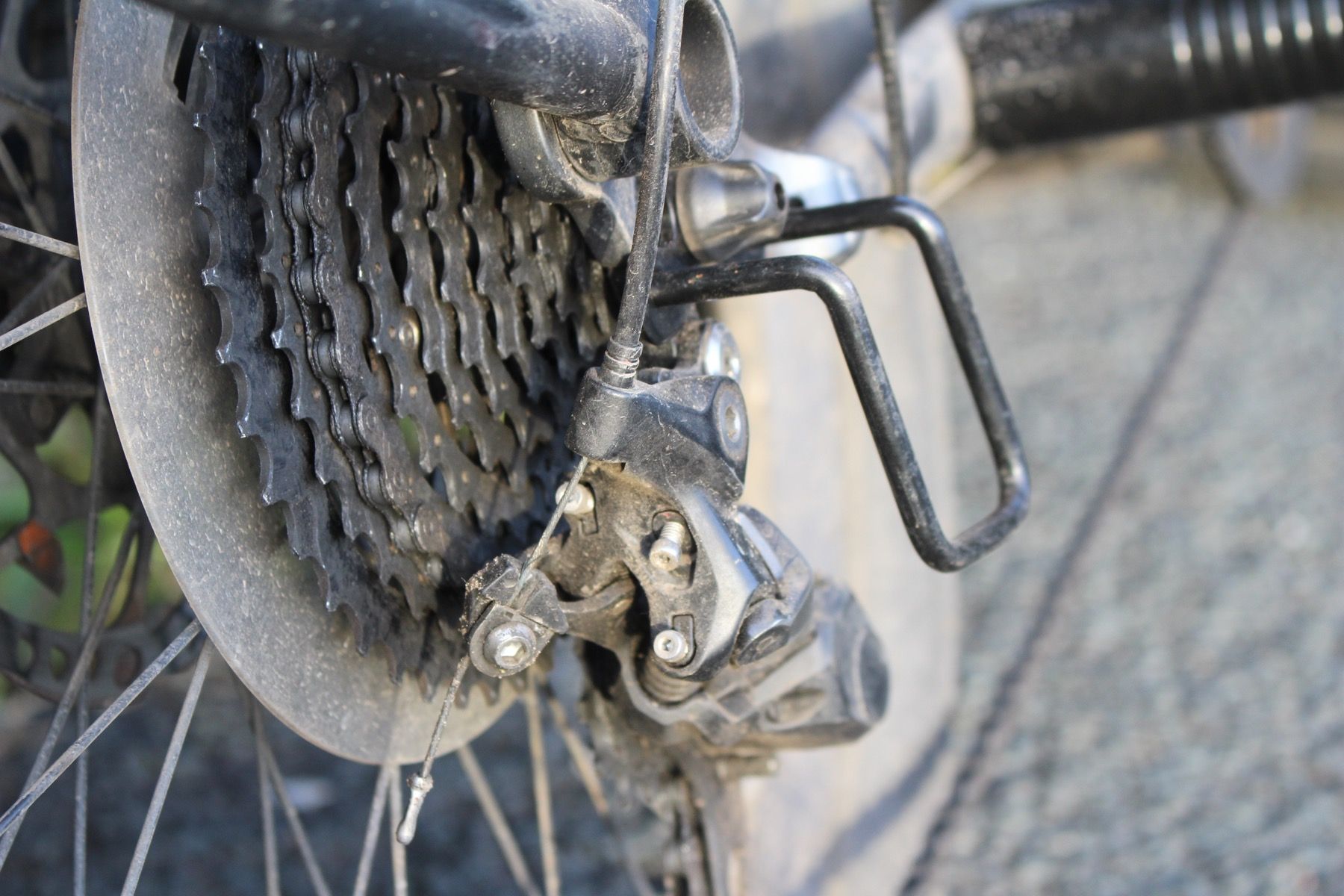
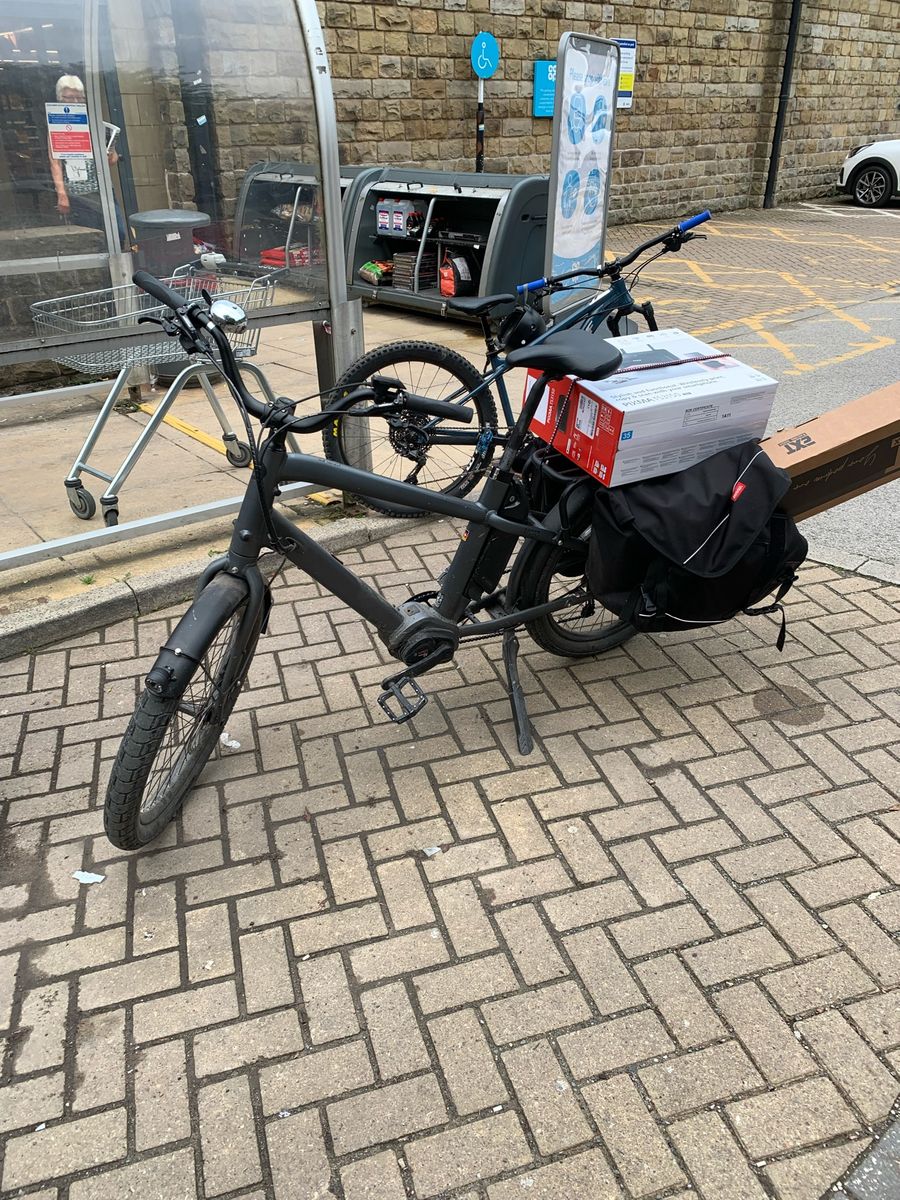

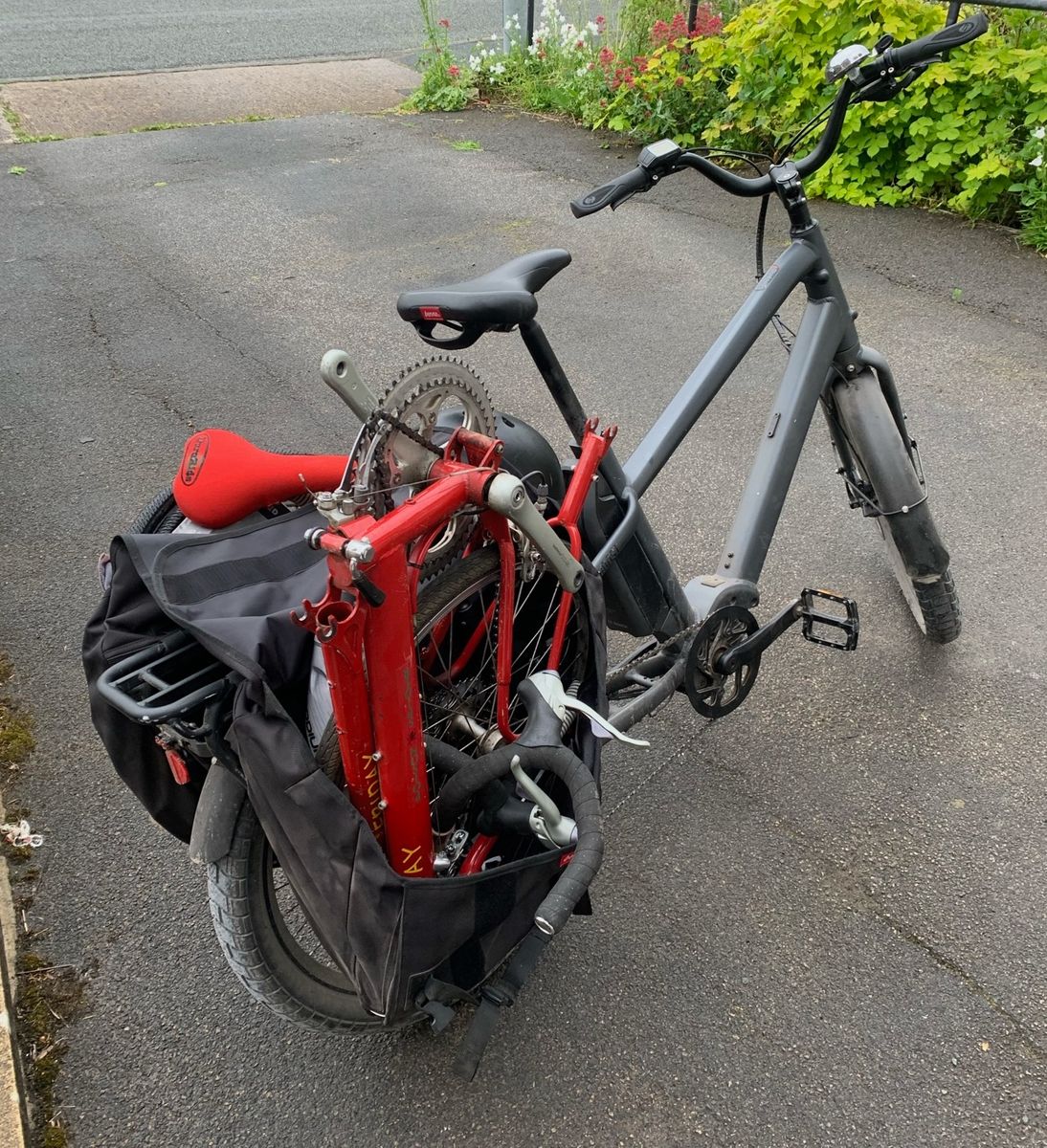
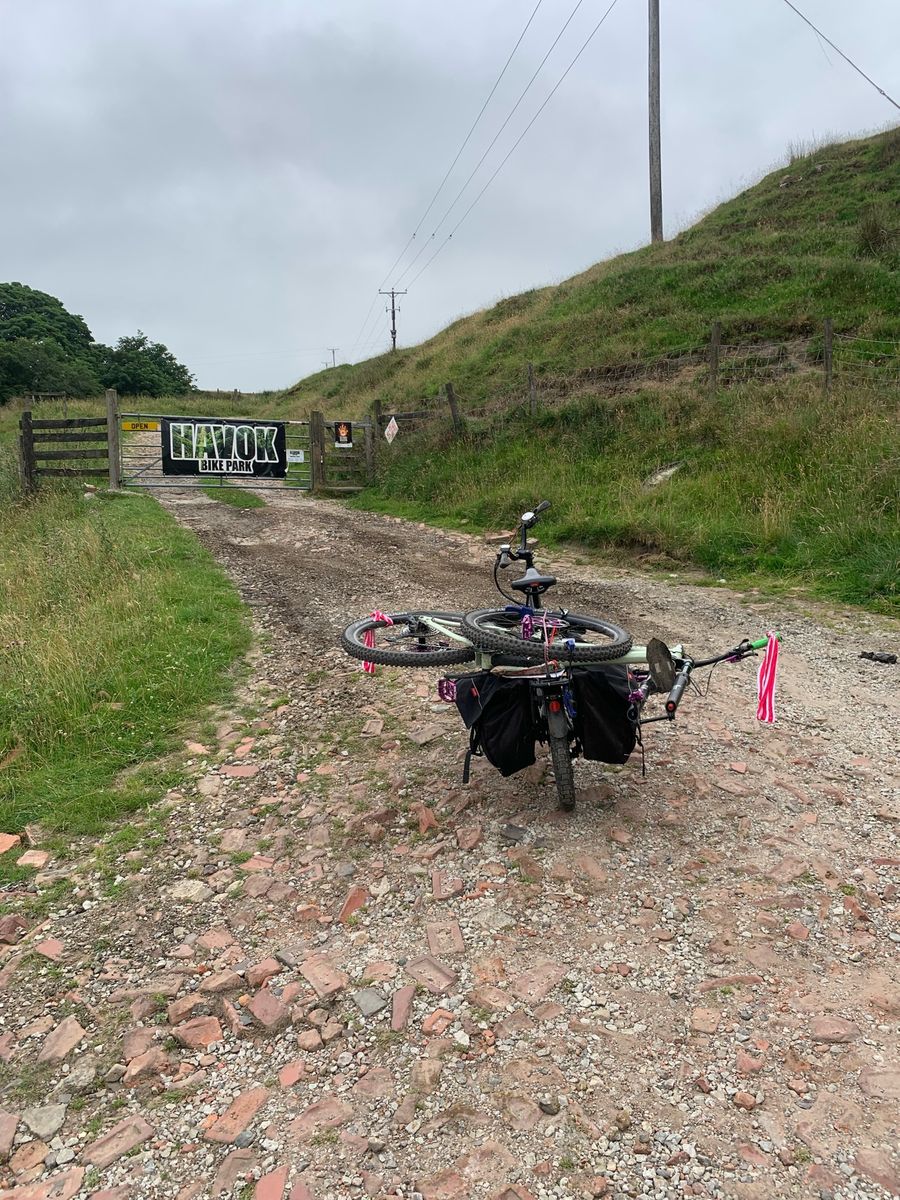
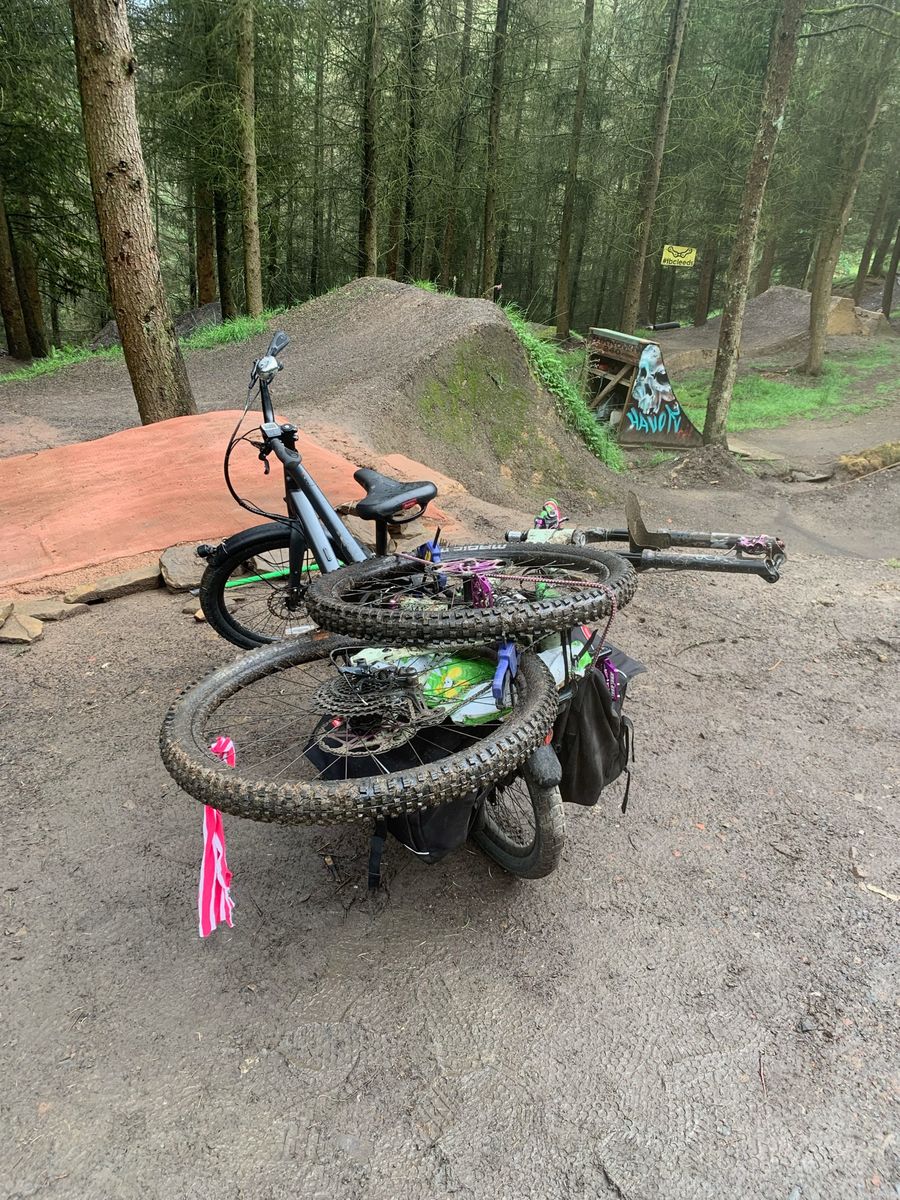
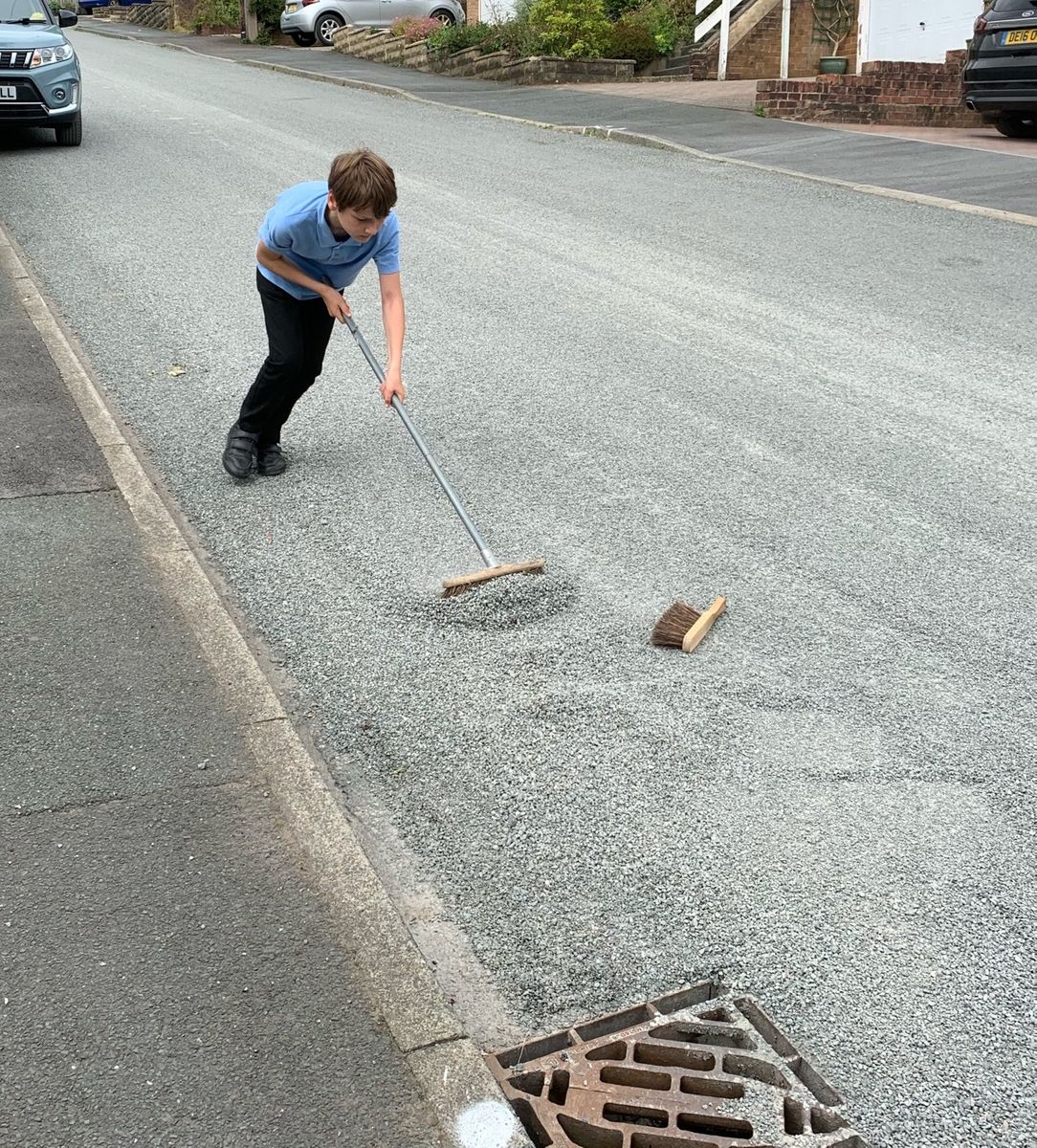
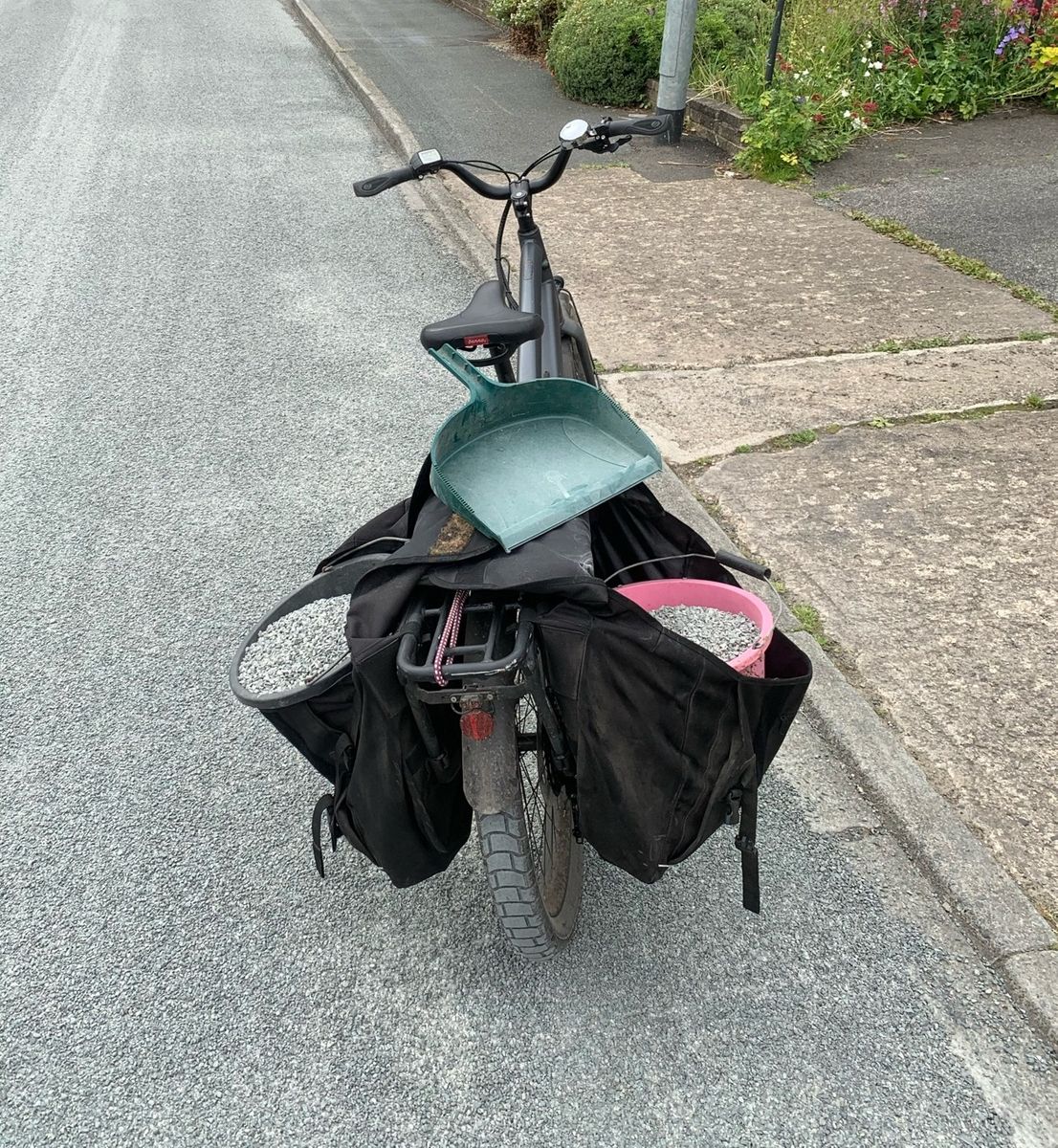
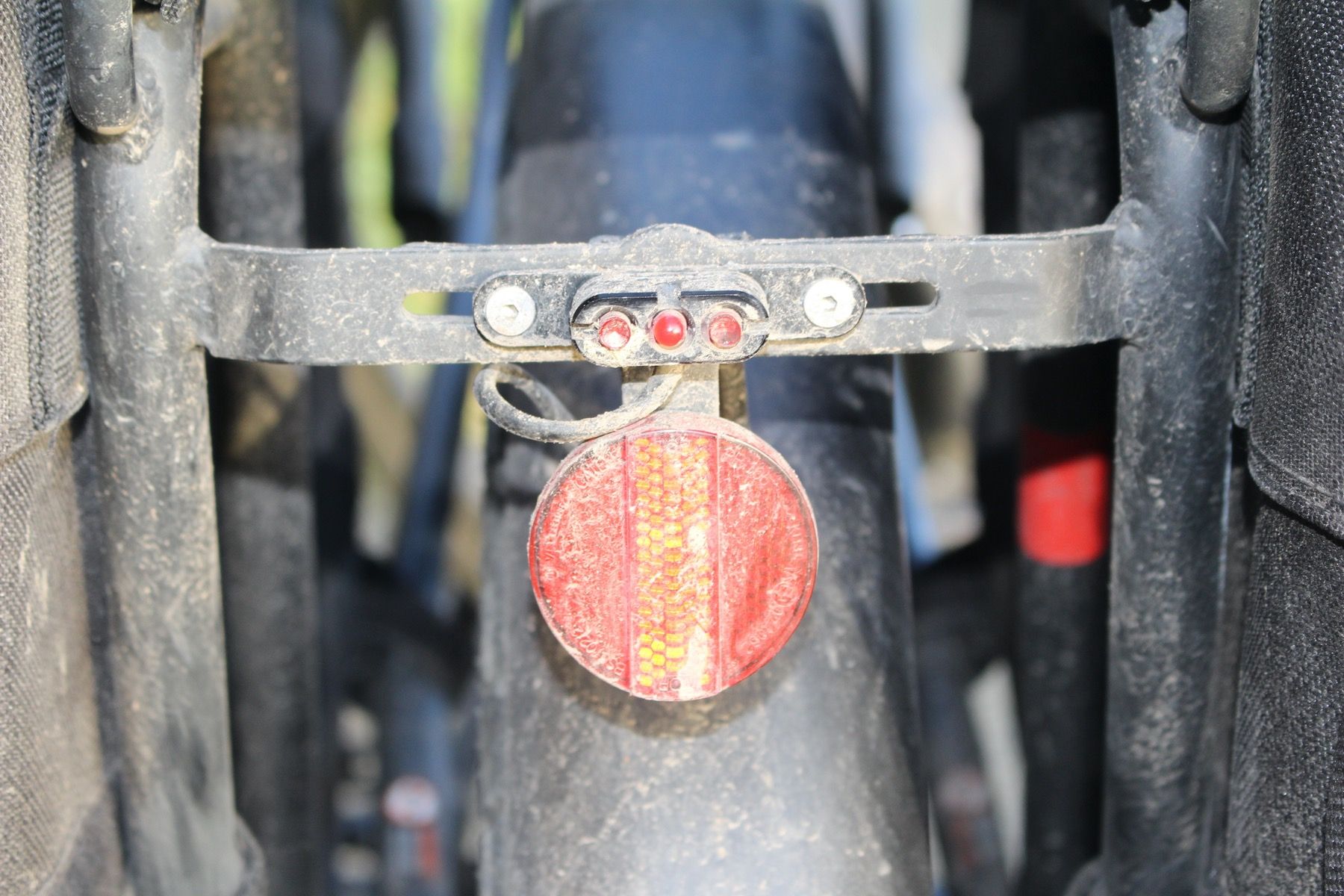
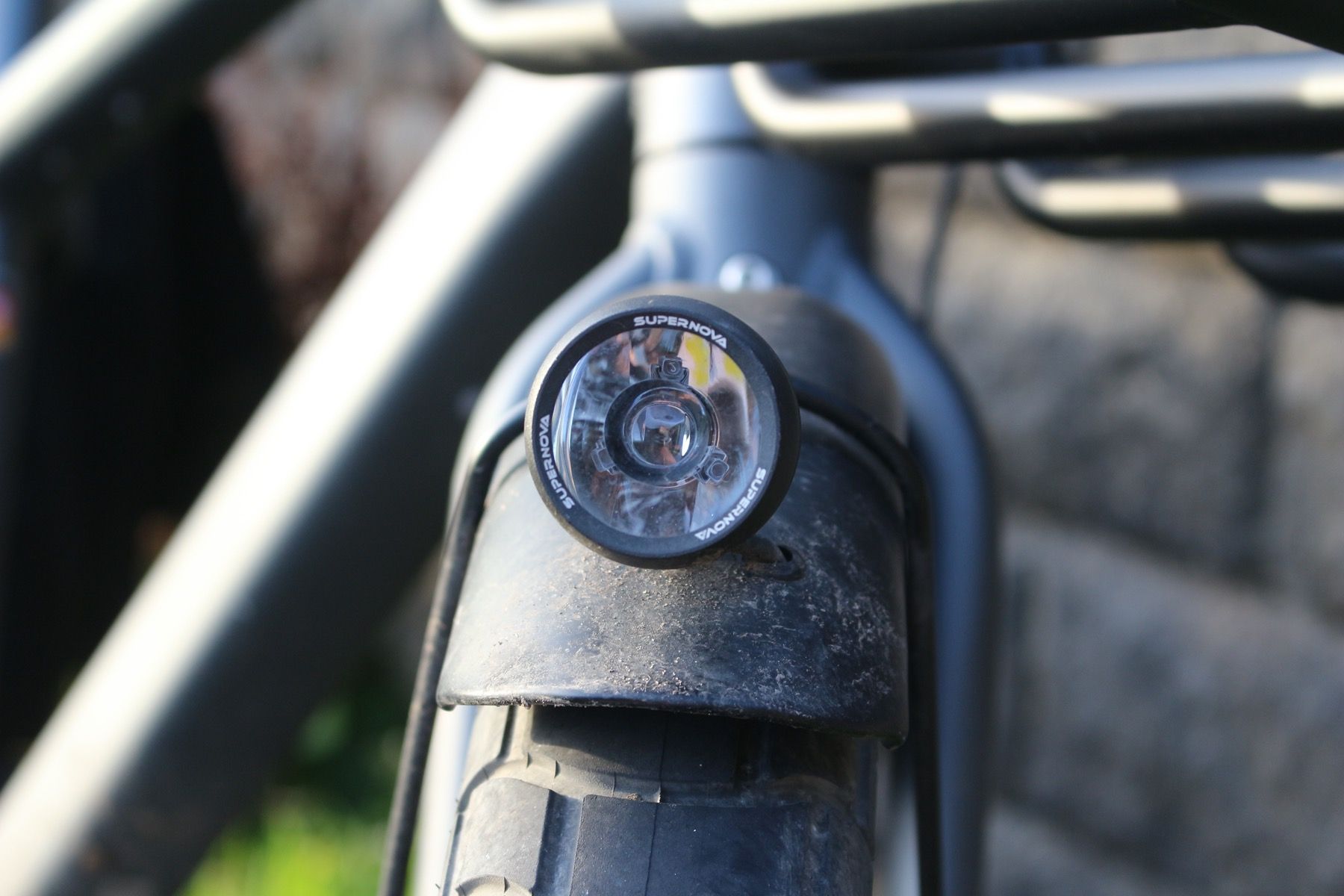
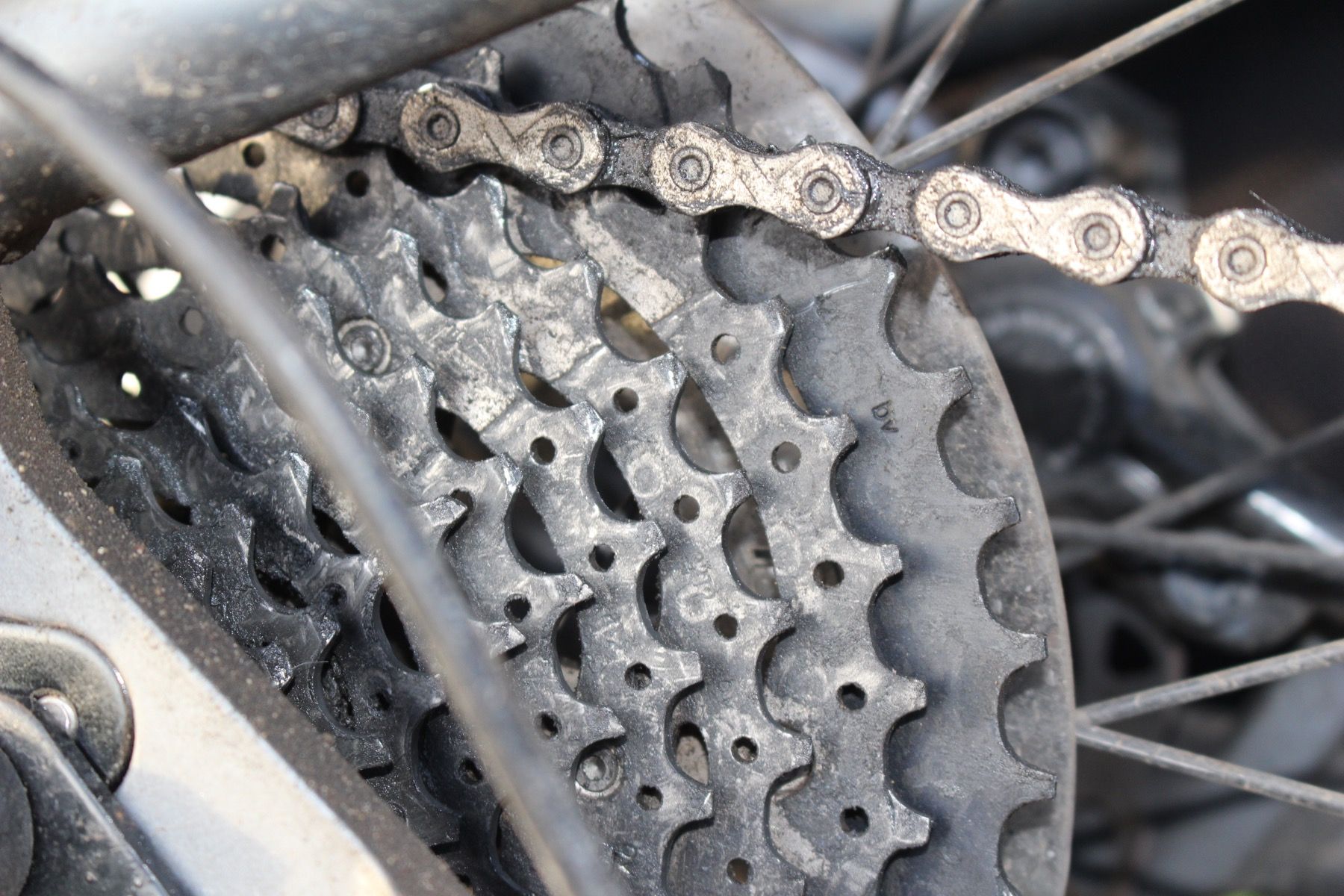
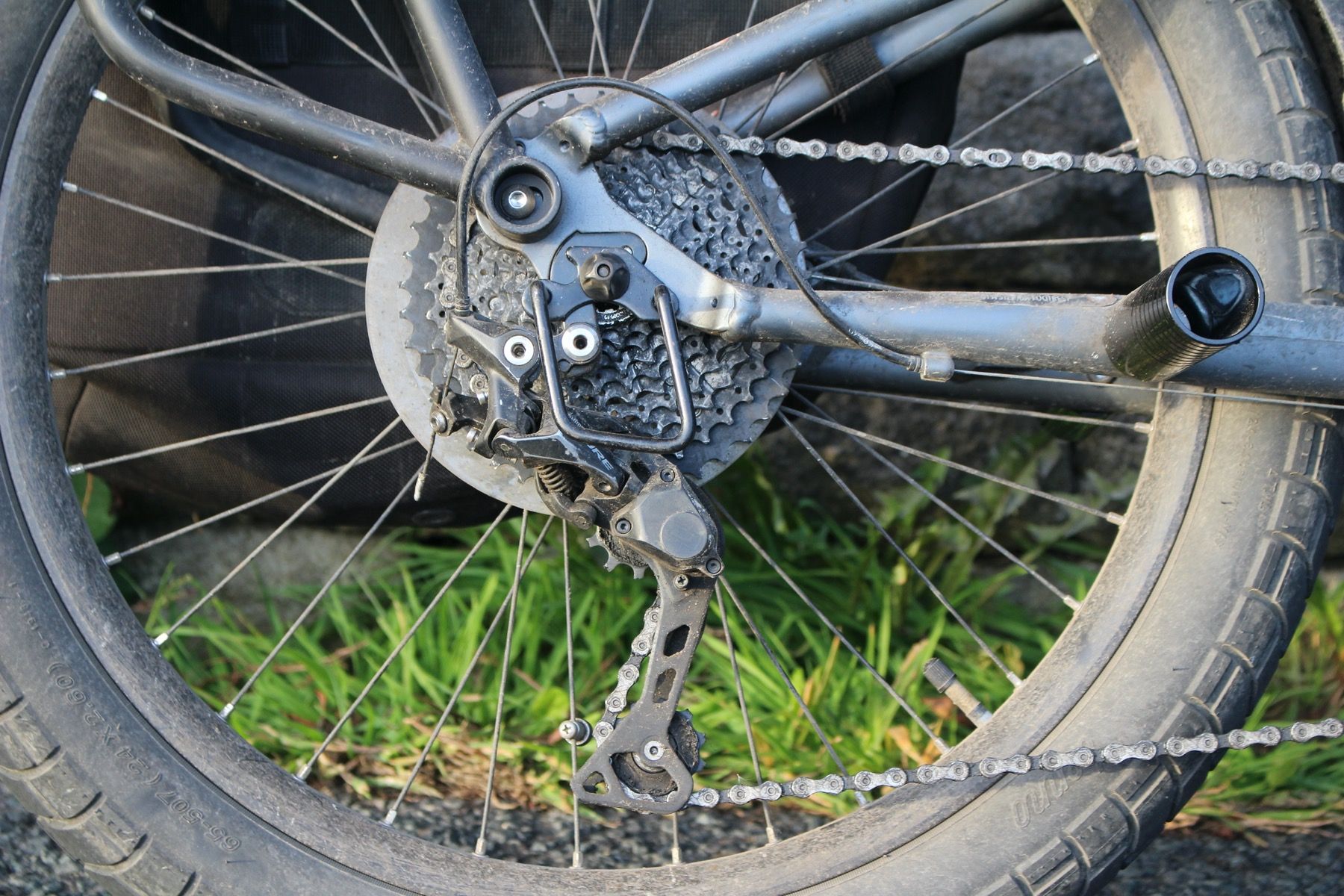

Great review, just a shame it costs so much, very much a niche (expensive) solution.
Great review.
My brother and his wife have very similar pair of machines. Used for commuting, shopping, school run, beach days etc. Now the New Zealand weather helps, but they are using them even more than they expected. So much so they are thinking of selling the old car they have and just hiring when they need.
Apparently biggest issue is parking them up – both security and Sheffield stands not being wide enough.
“Can it carry an average 24 year old as cargo? No.”
“More cargo carrying capacity than you can shake a stick at.”
[laughs in Yuba El Mundo and Urban Arrow] what are these rookie numbers!?
Electric Cargo bikes are amazing, and every household should have one. Just not that one.
I think this is the best bike review I’ve ever read. I really liked the dual-tester format of the hardtail reviews in issue 137 (“I’m rad and I thought this…”, “I’m maybe not quite so rad and I thought that…”), but this is a really entertaining step up.
Sorry, “we” think this is the best bike review.
@matt_outandabout We’ve not struggled too much with parking this one – I think it’s compact enough that it fits most places. I can see that the bucket style cargo bikes need a bit more space to park though – it’d be a bit antisocial to put one of them on the pavement! The only worry for me was leaving it in all the out of the way places that supermarkets etc choose to put bike stands. But with a substantial lock I learnt to relax a bit.
@brakestoomuch We are very happy to read your kind words!
Nice review, and nice bike. I sometimes wonder about getting something lighter than my old Yuba Mundo, but always staggered by price of these things – I thought my spending £1500 on a DIY electric (bafang mid-drive) cargo bike was a bit extravagent 7 years ago, but seems super-budget now
Up there in price with the Tern GSD. a side by side comparison would be interesting.
I’ve got those lights on a Canyon commuter. They’re expensive but I rate the front as pretty effective and the rear much more visible than you’d expect from the size (the lenses mean the centre LED is bright, side LEDs broad)- it’s a German-standards-compliant shaped beam, so gives light where it’s useful but I wonder if it’s designed to be at handlebar height and the low mount for it doesn’t really work?